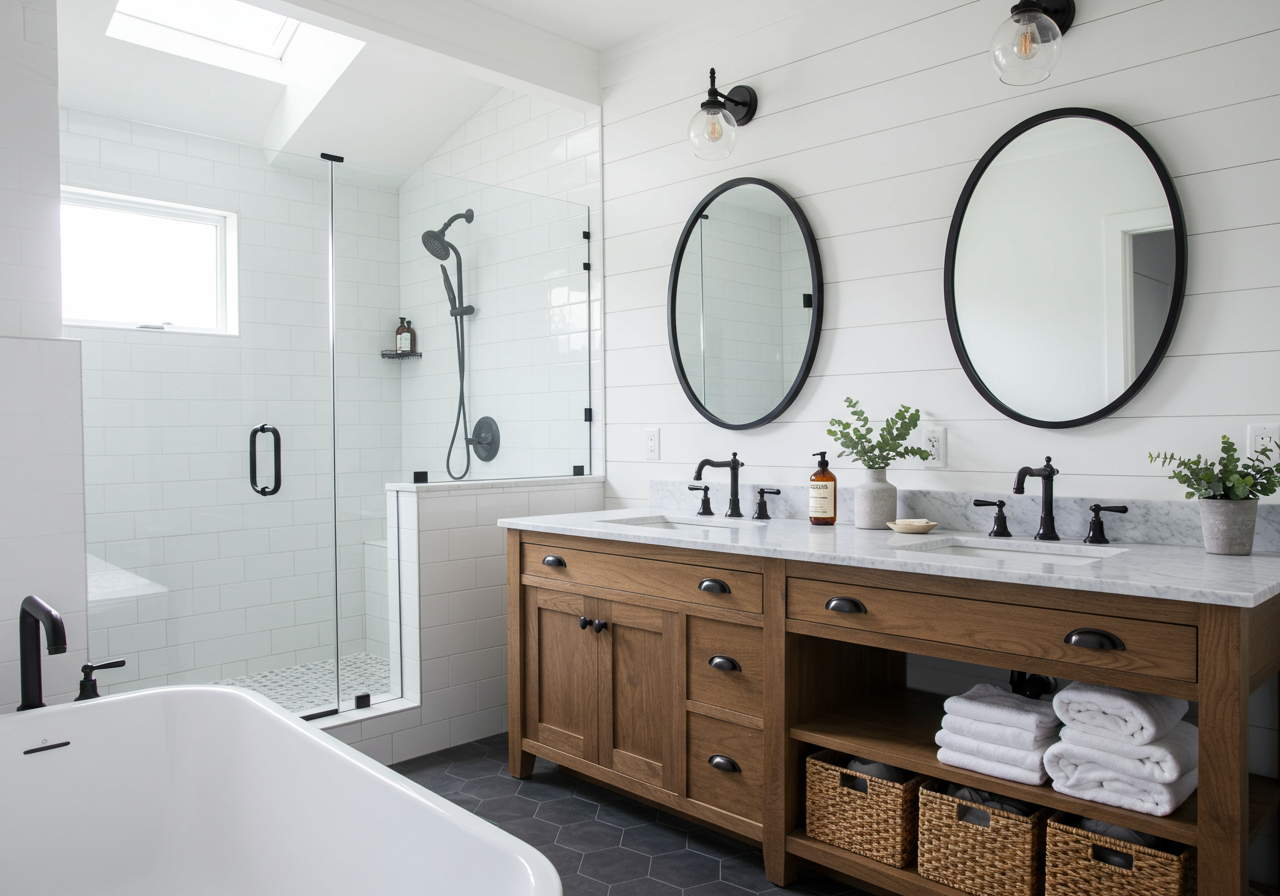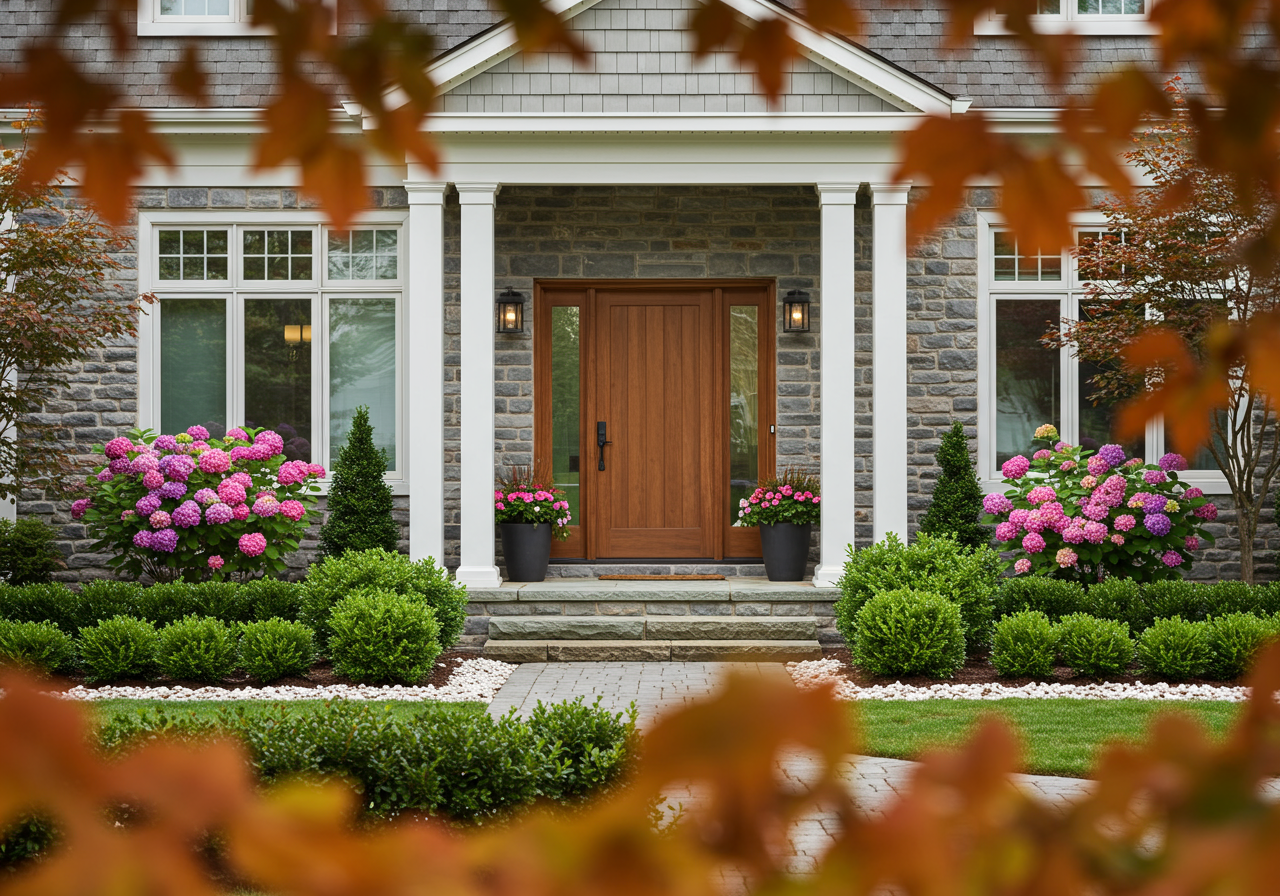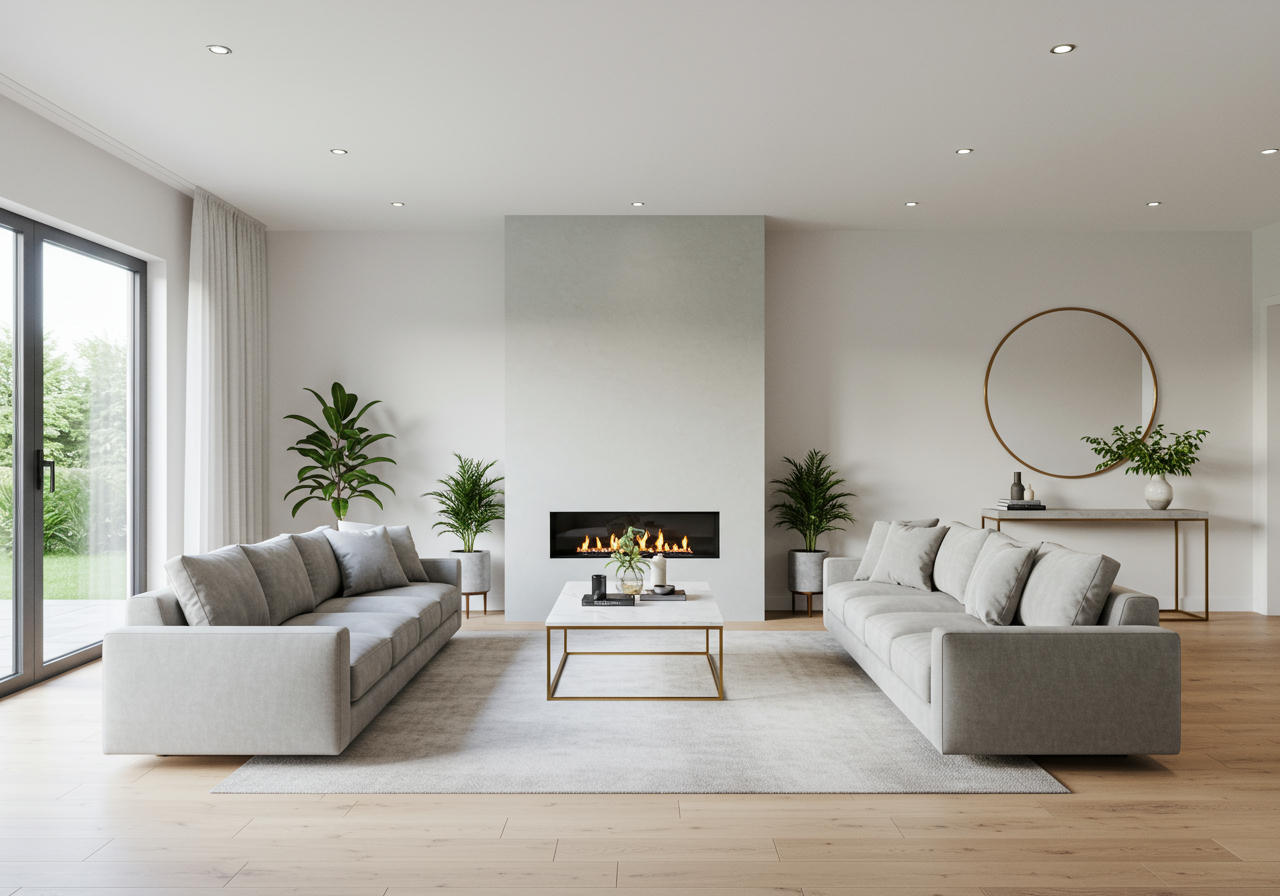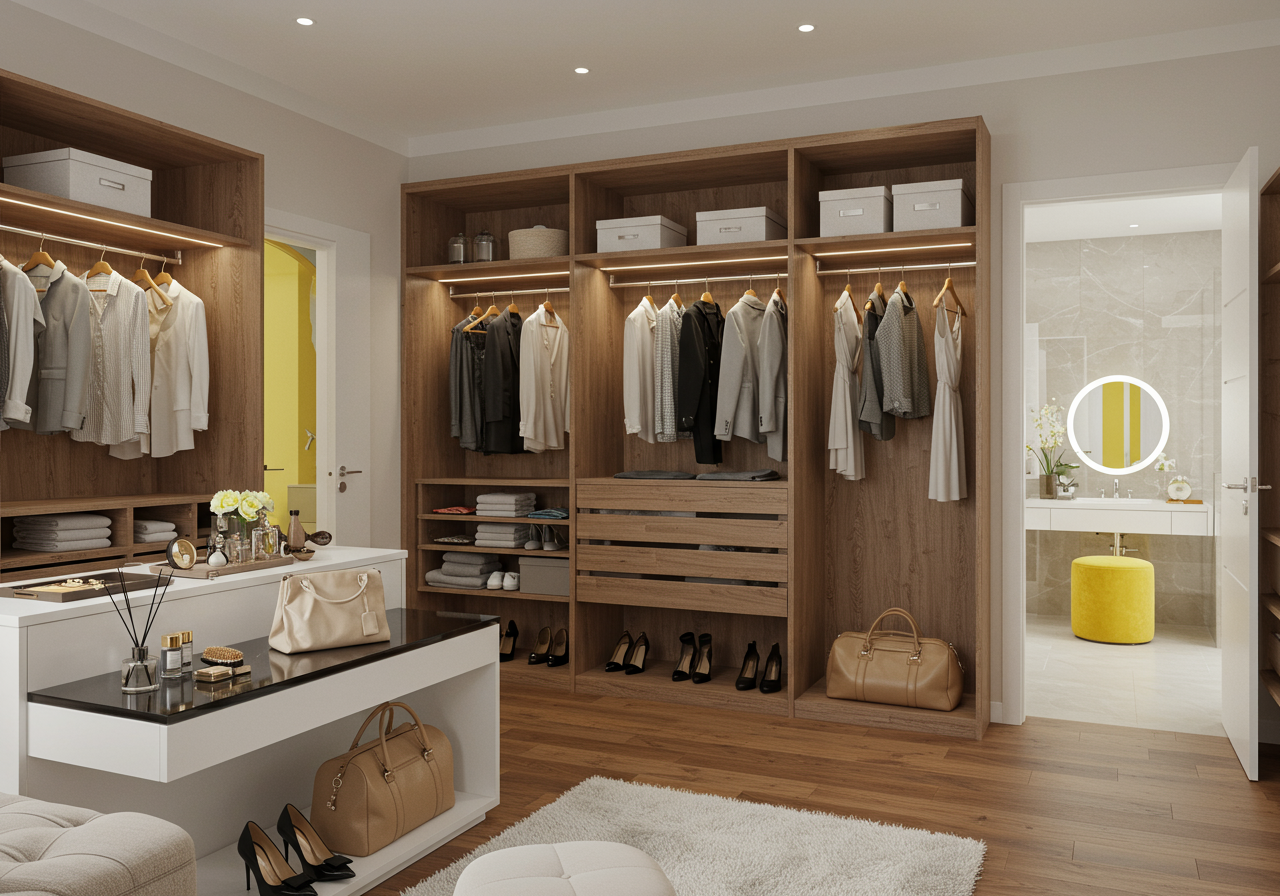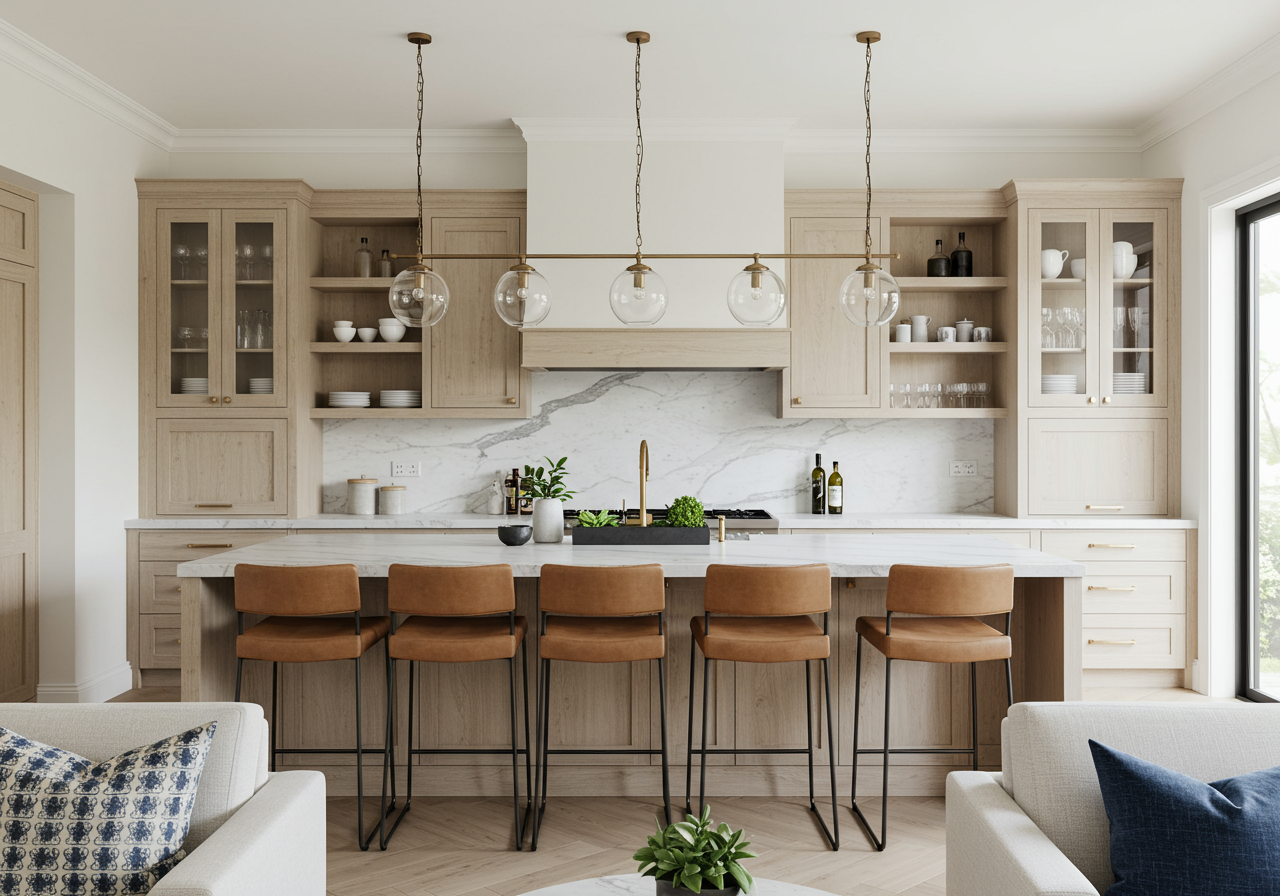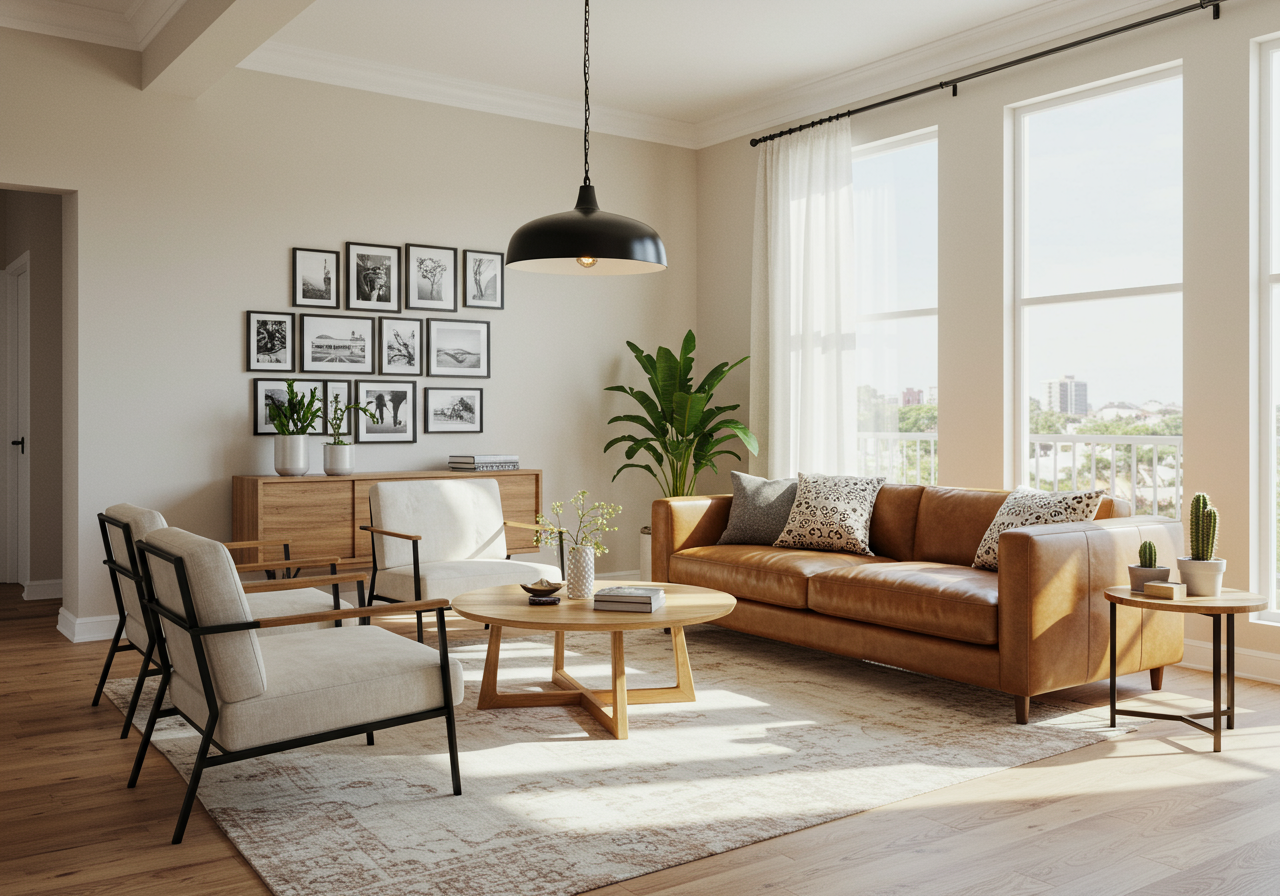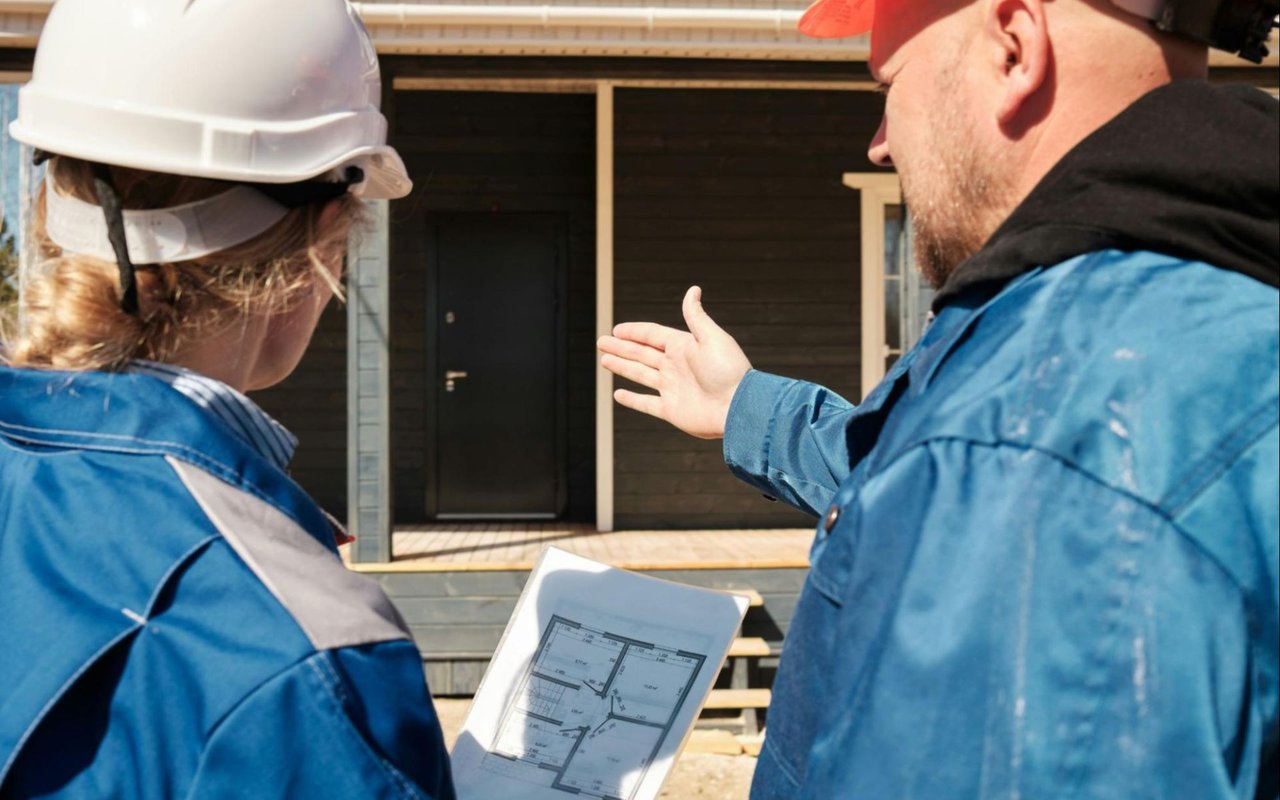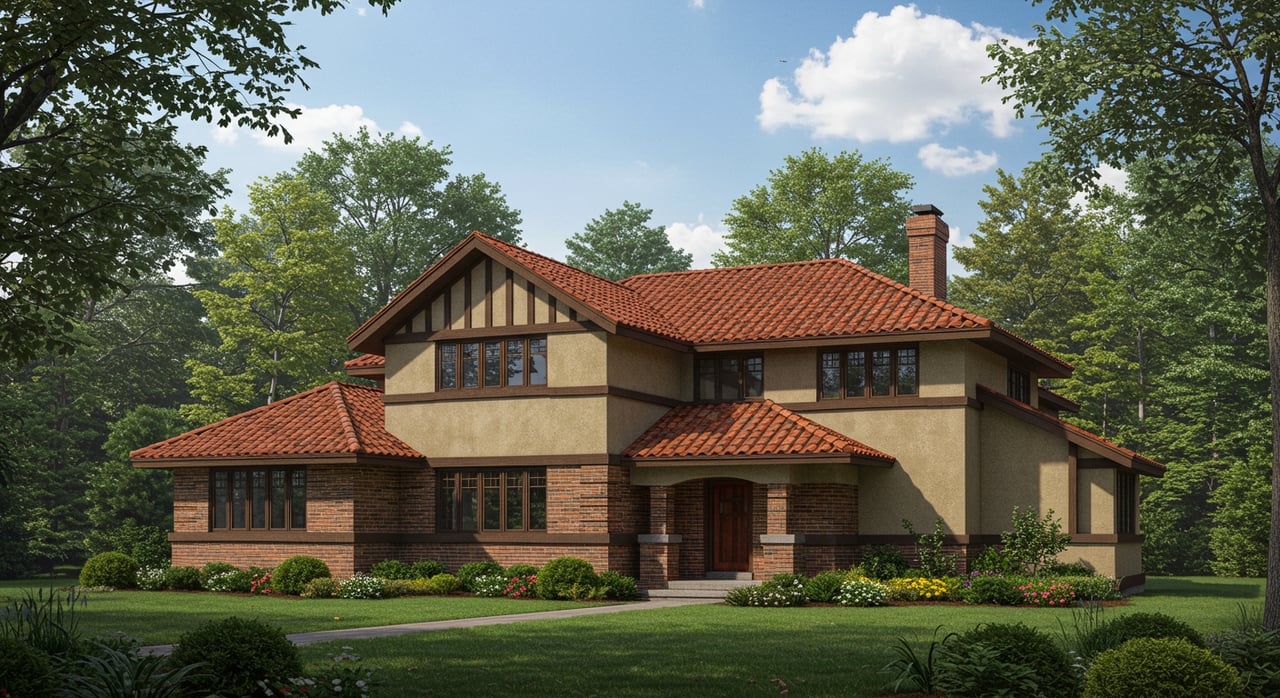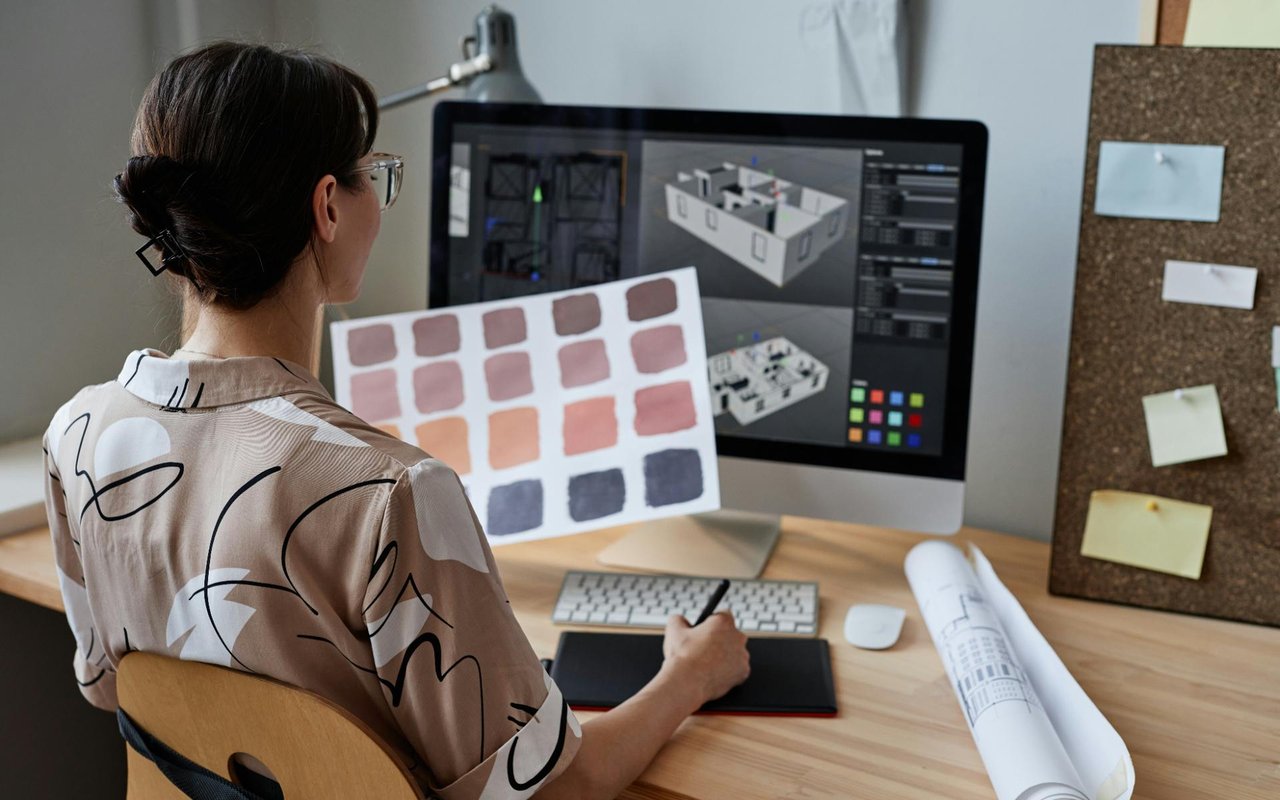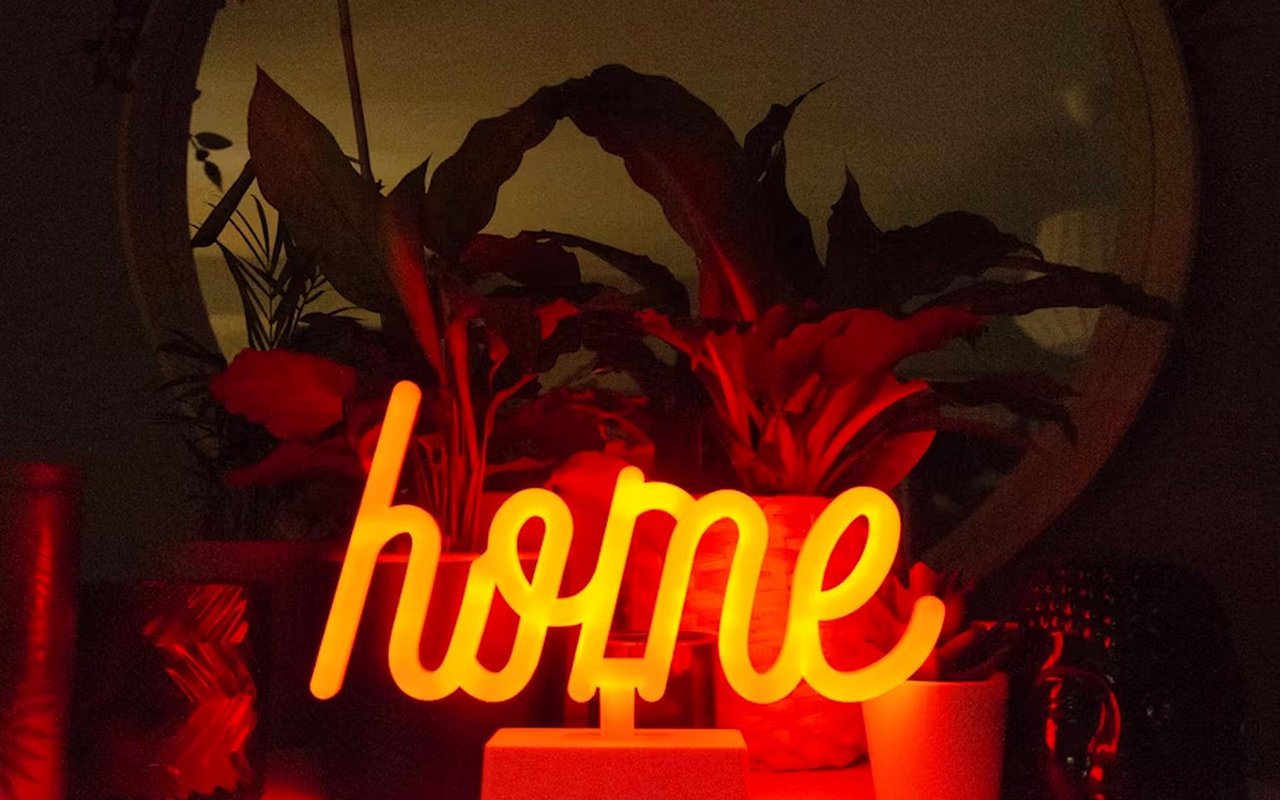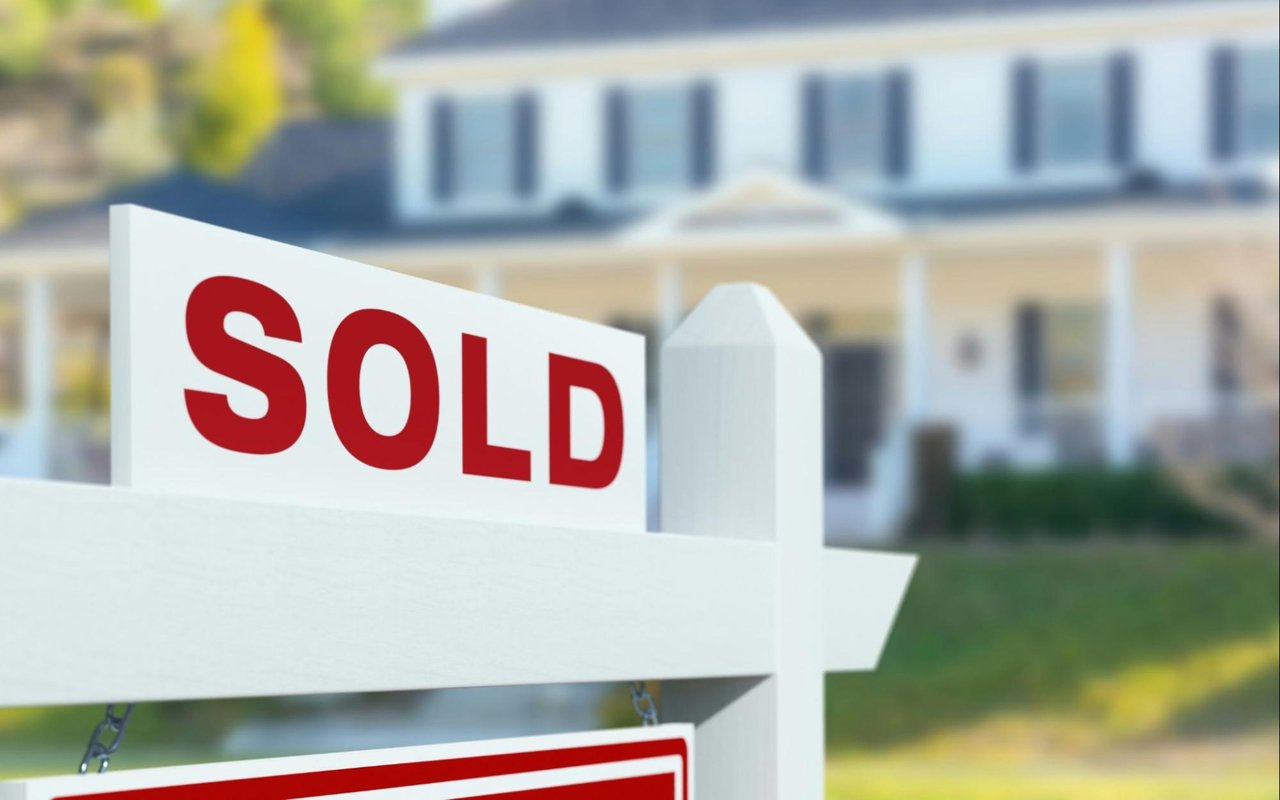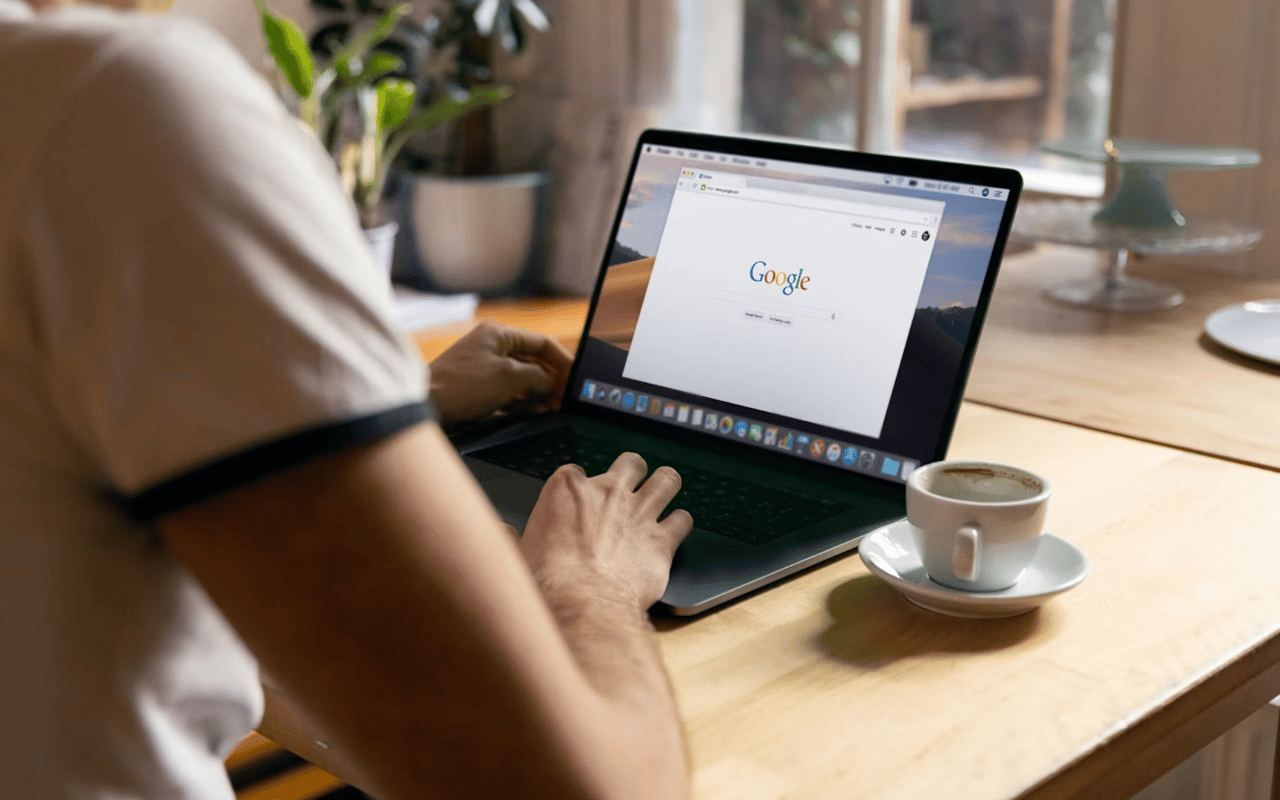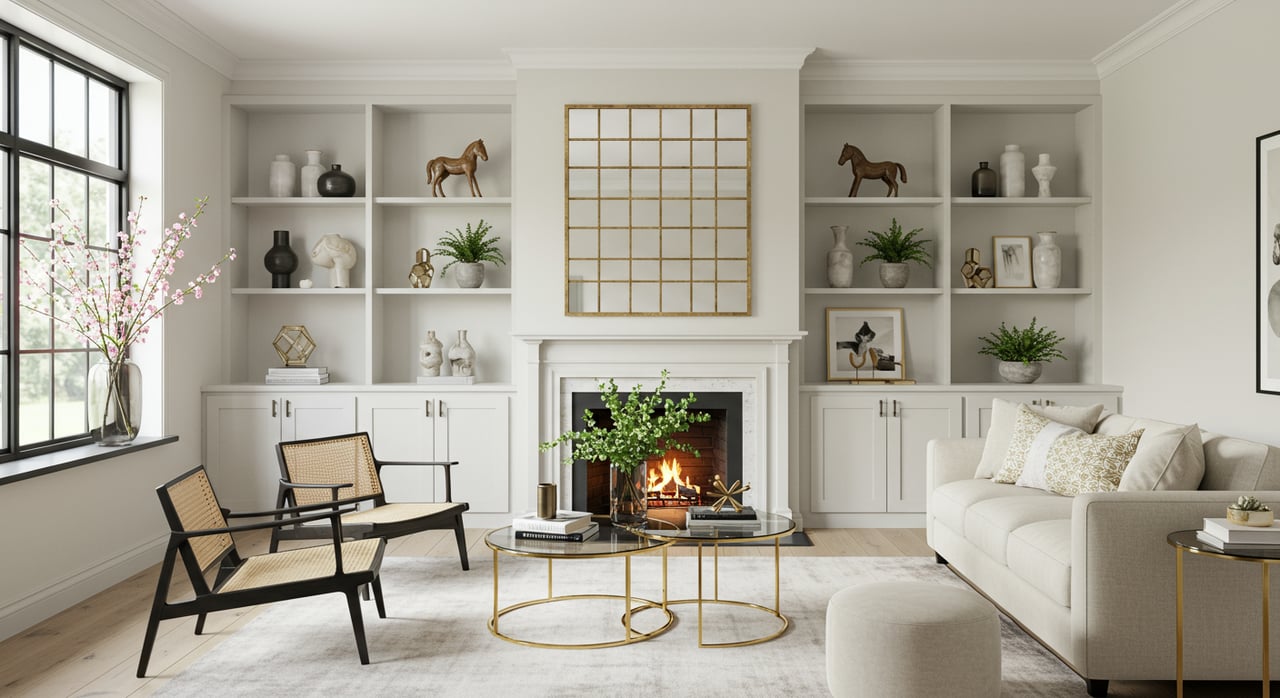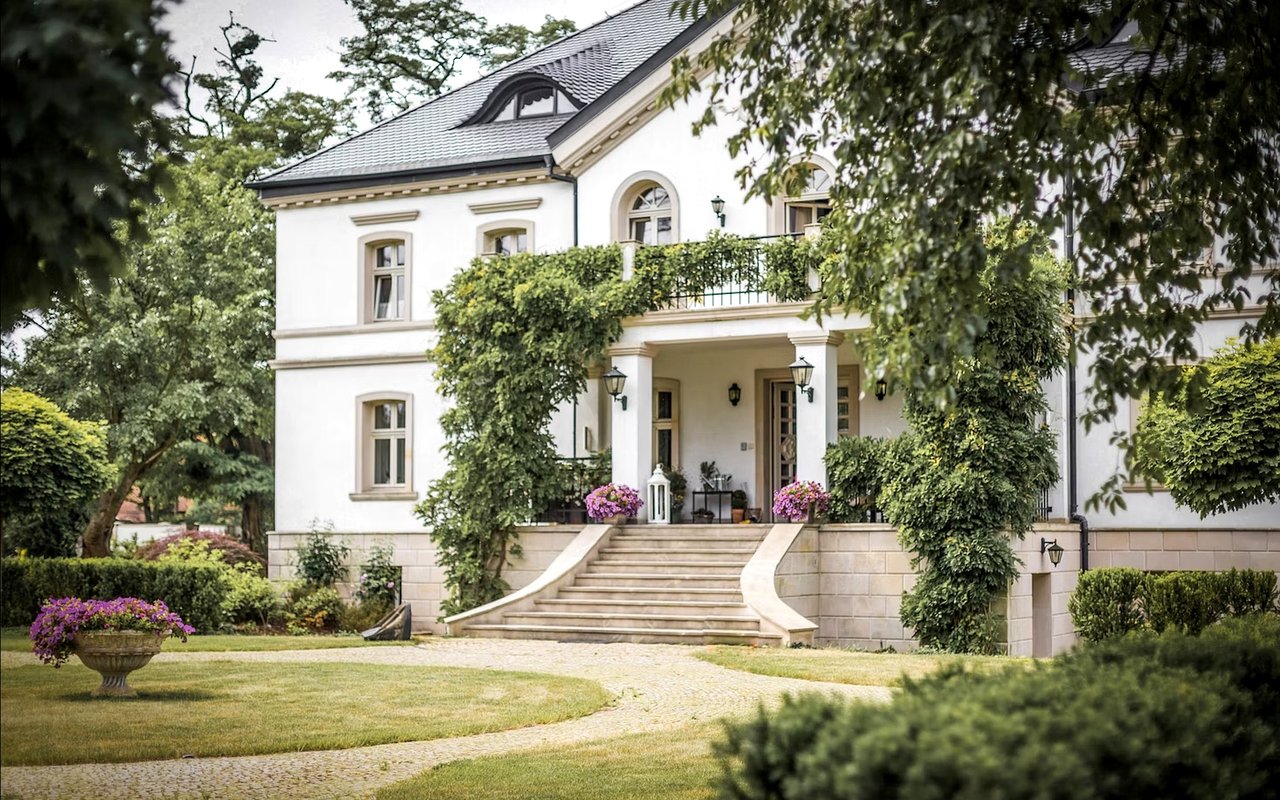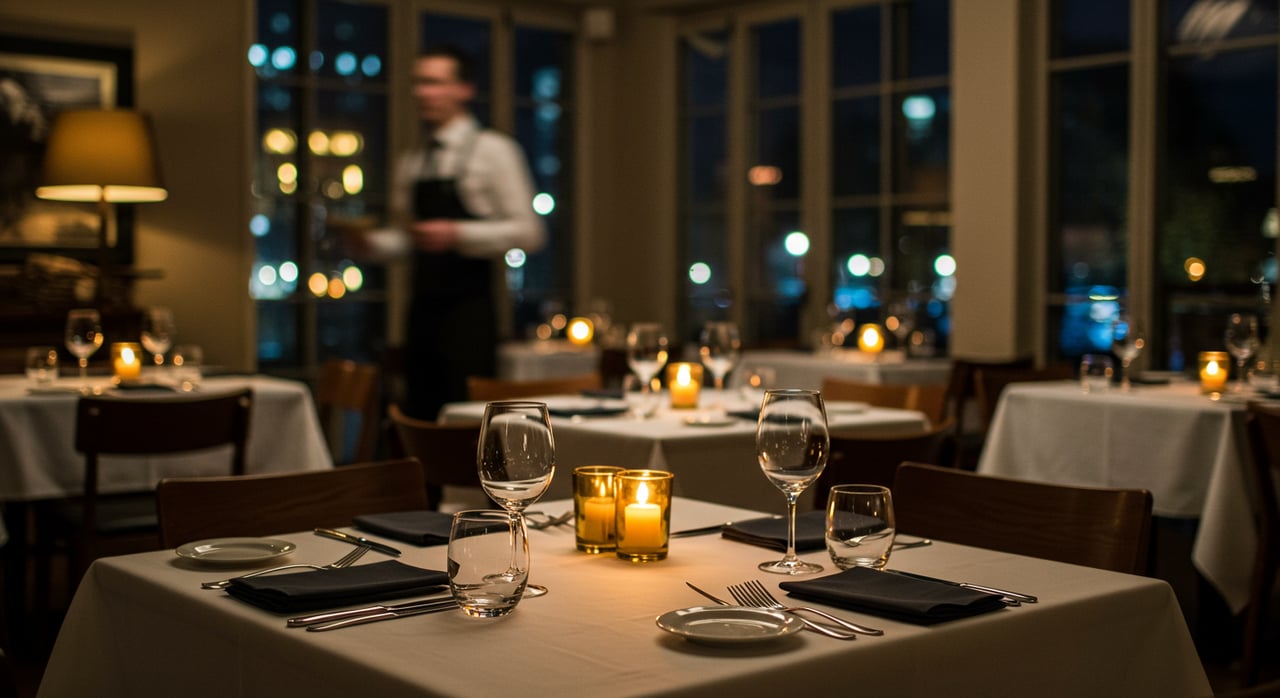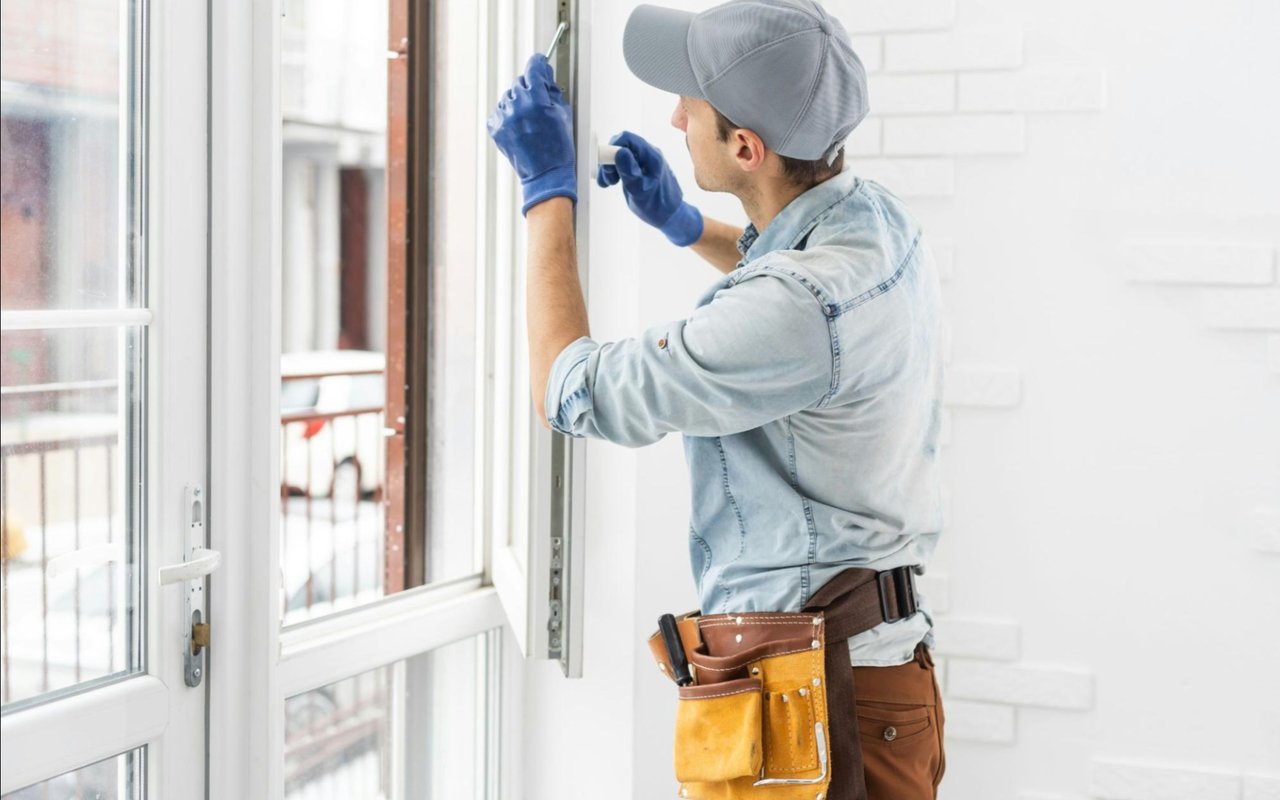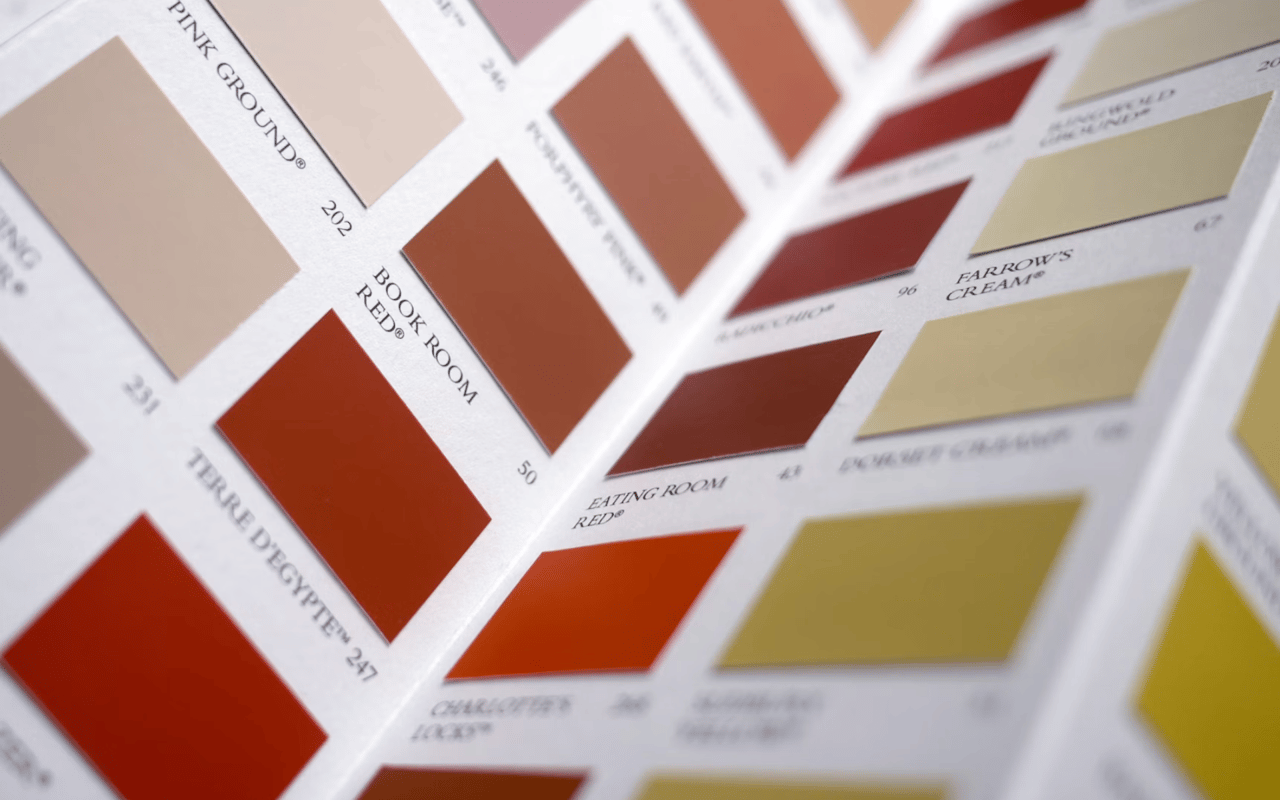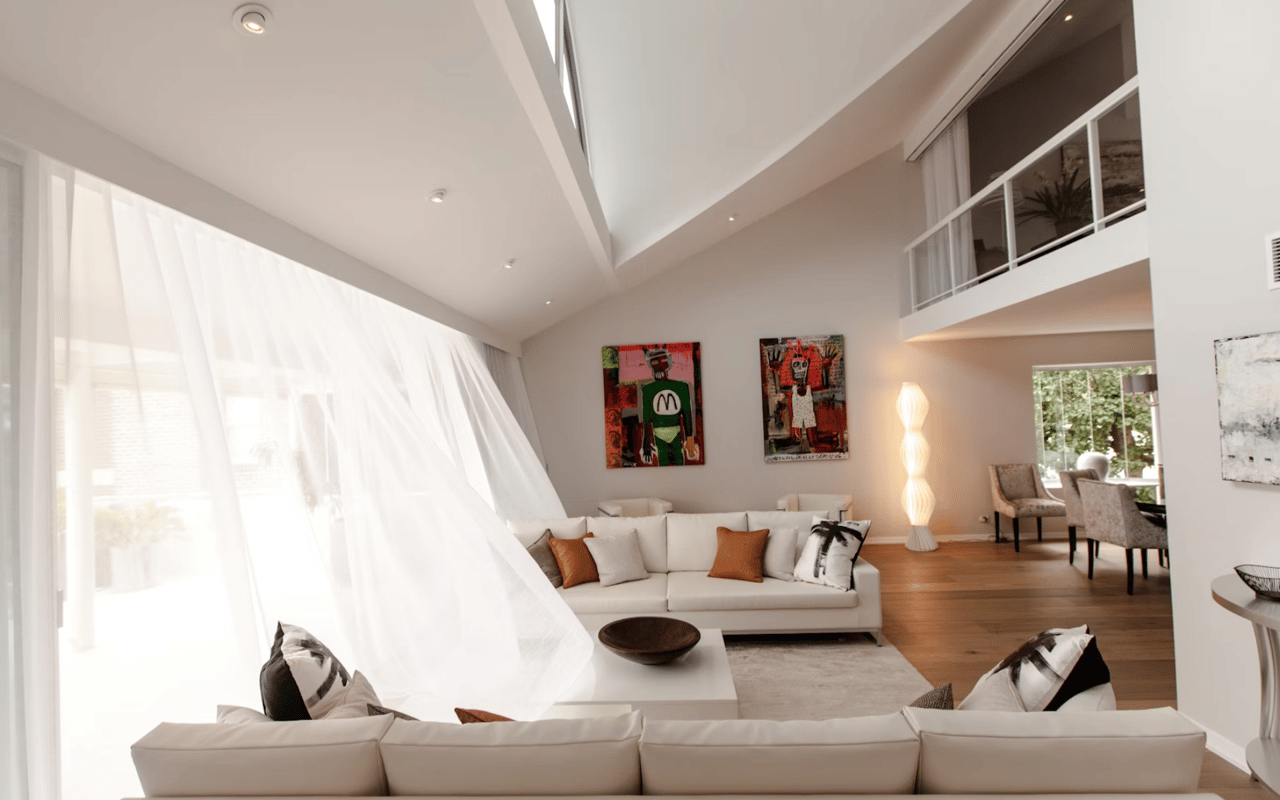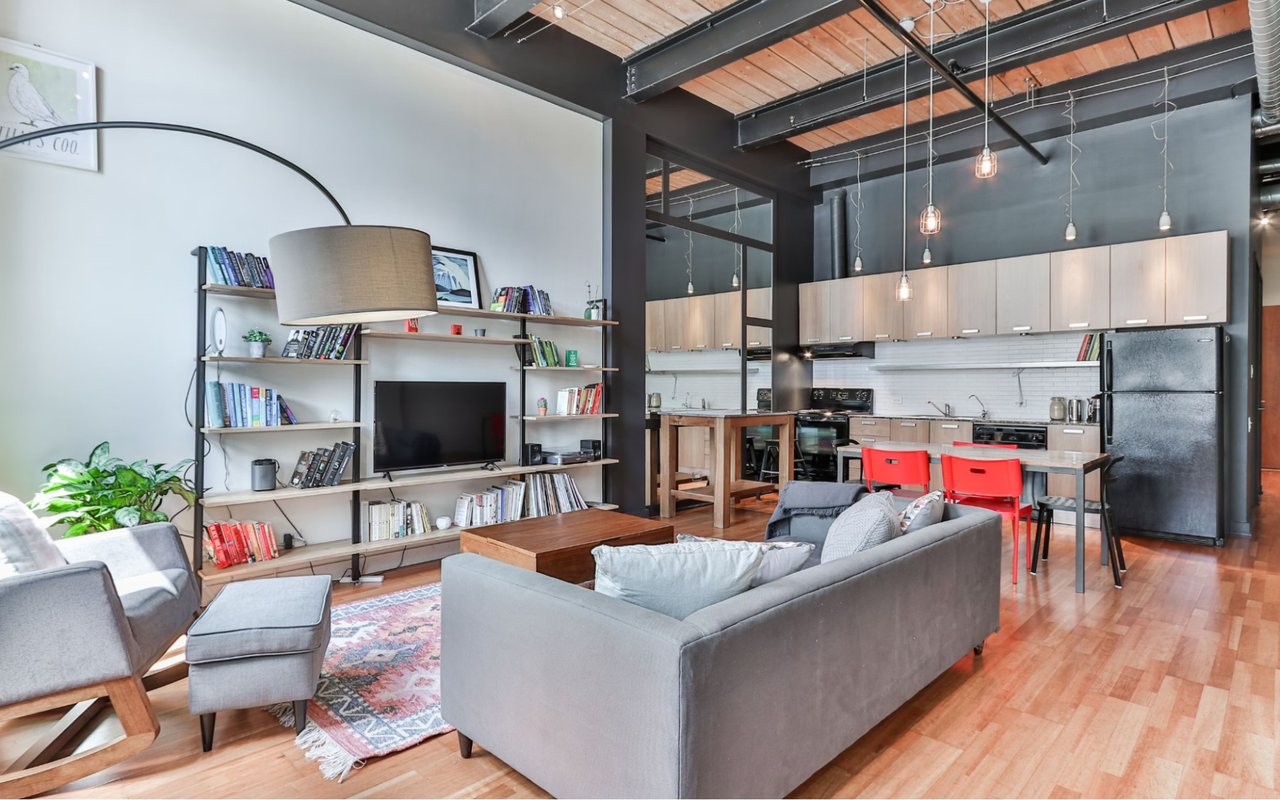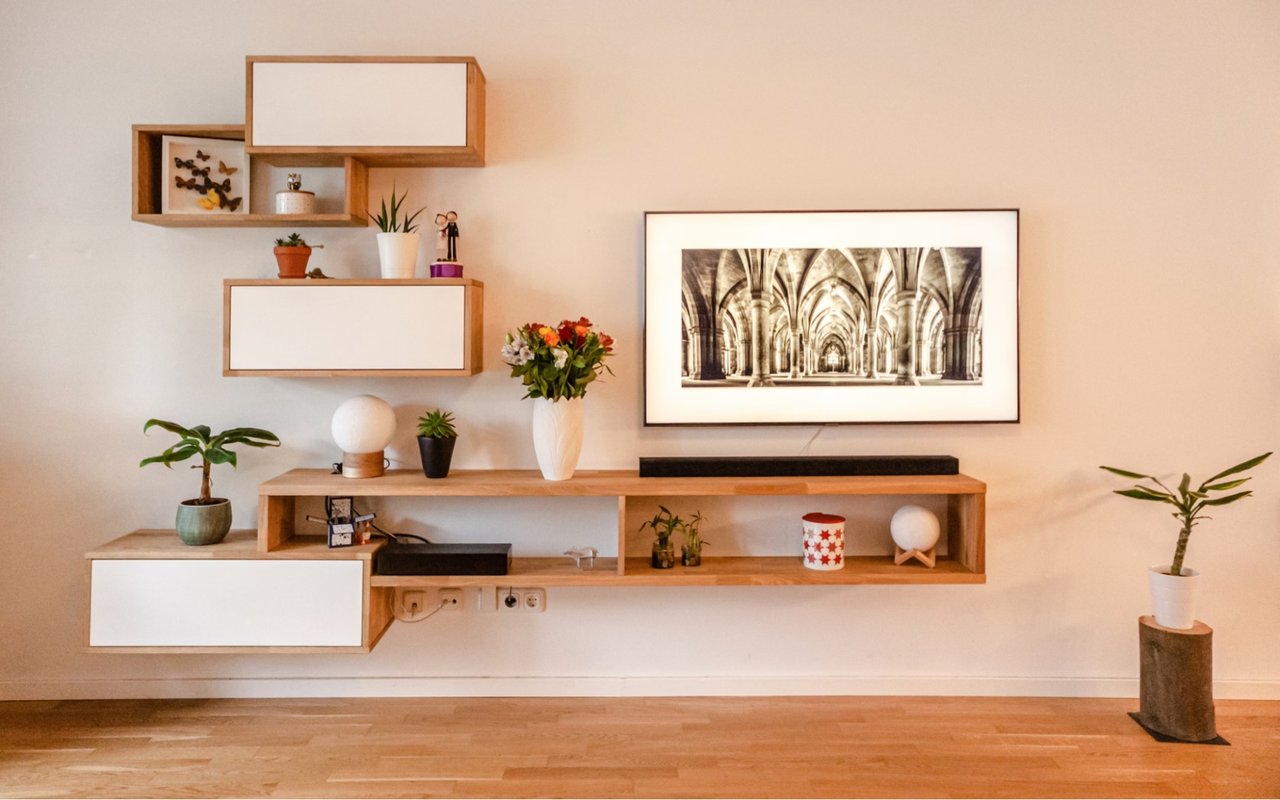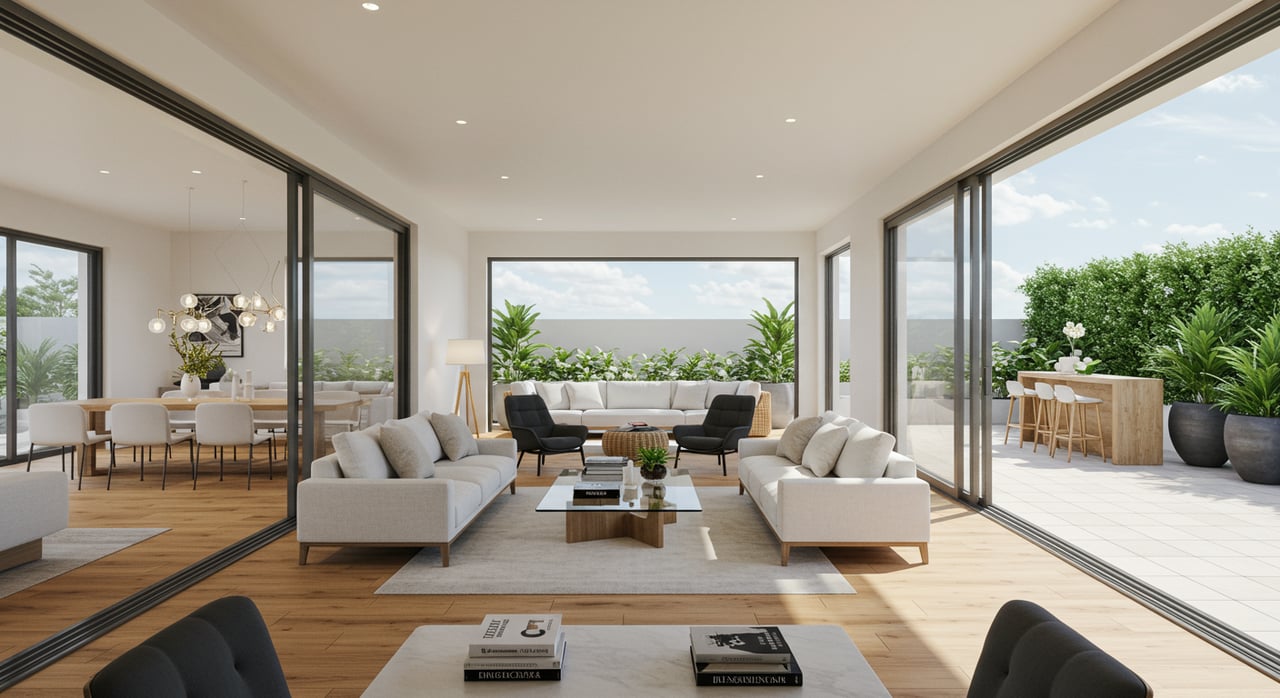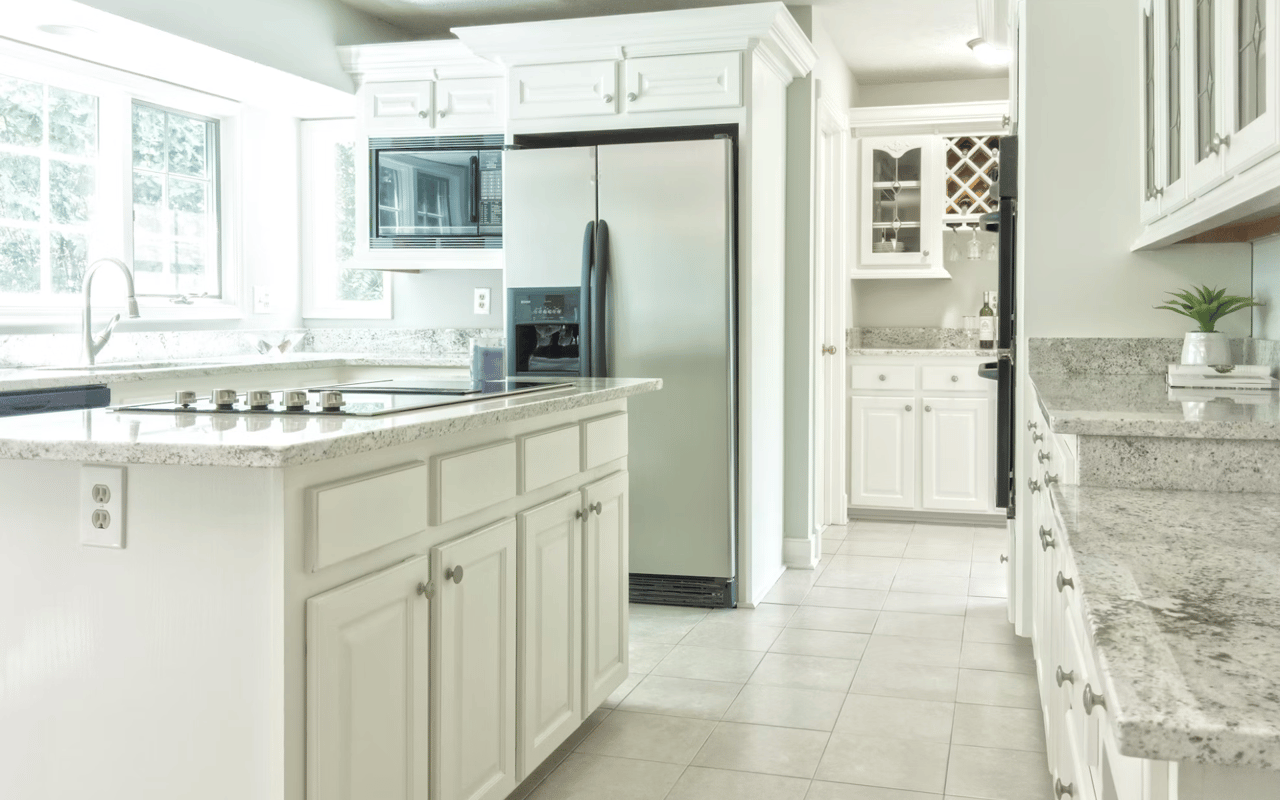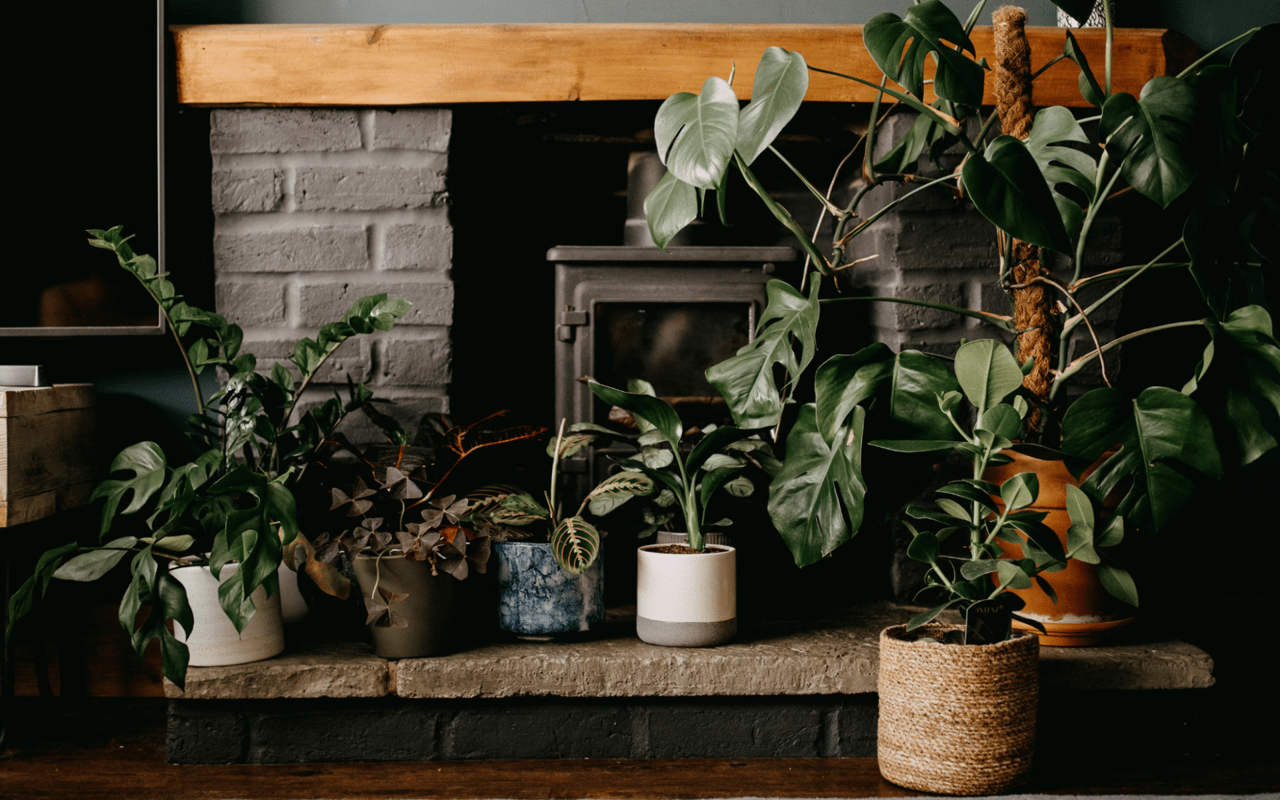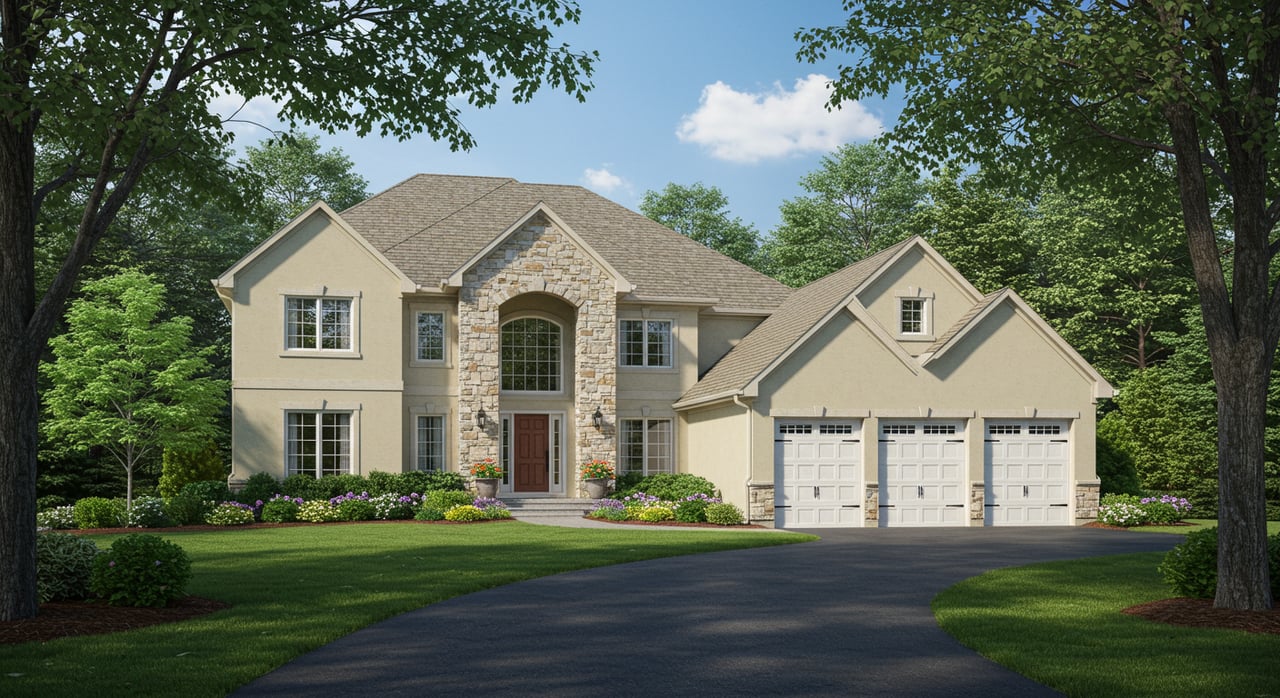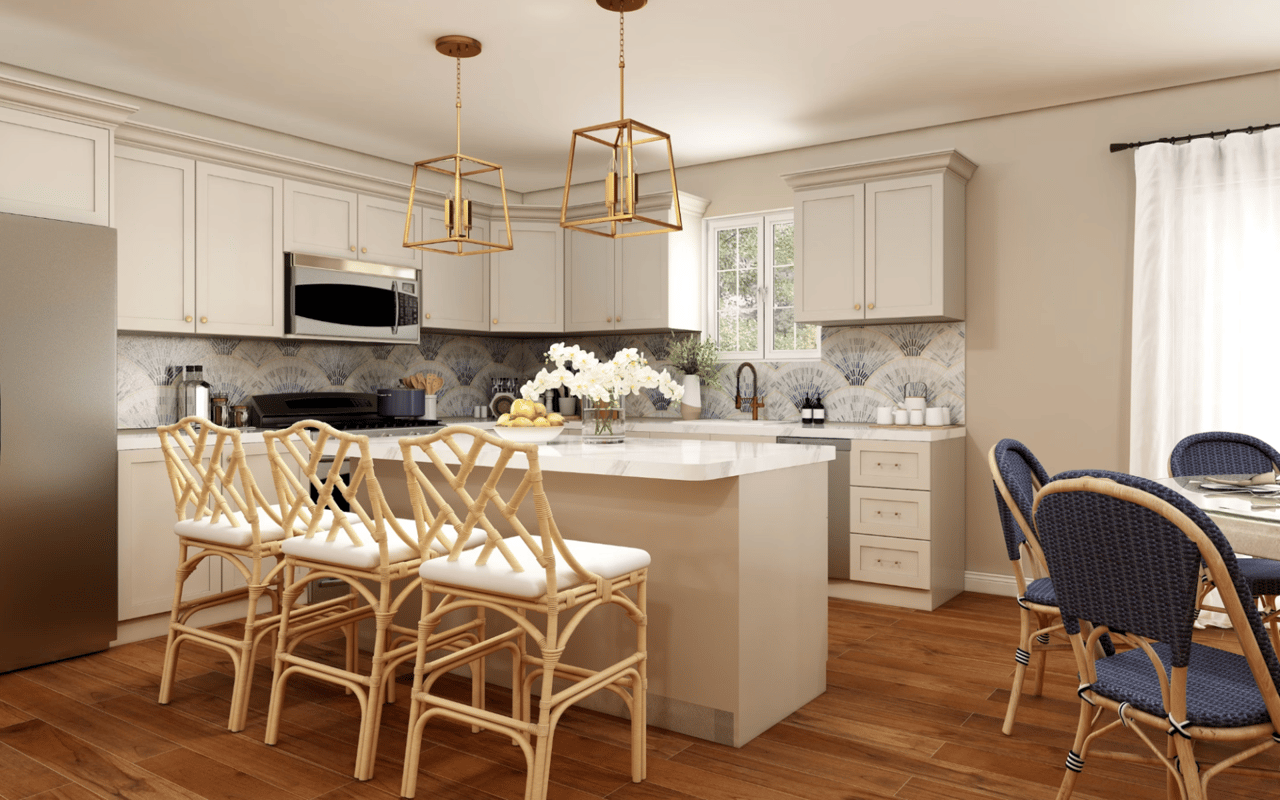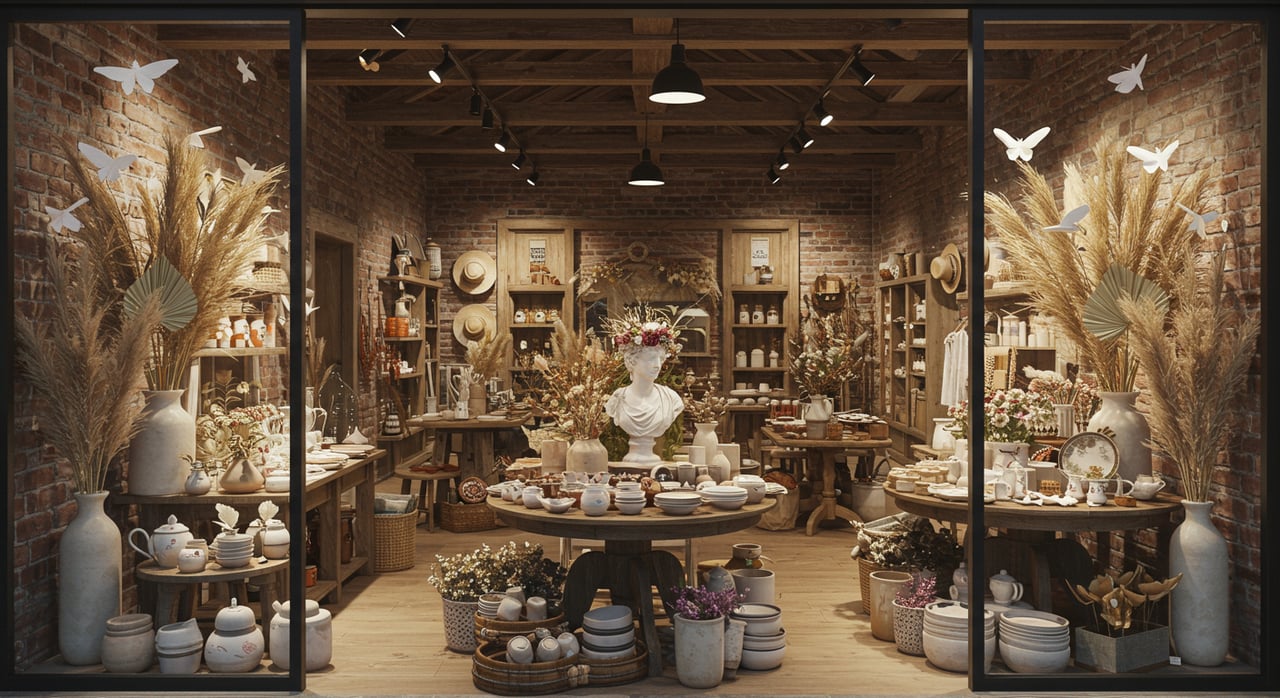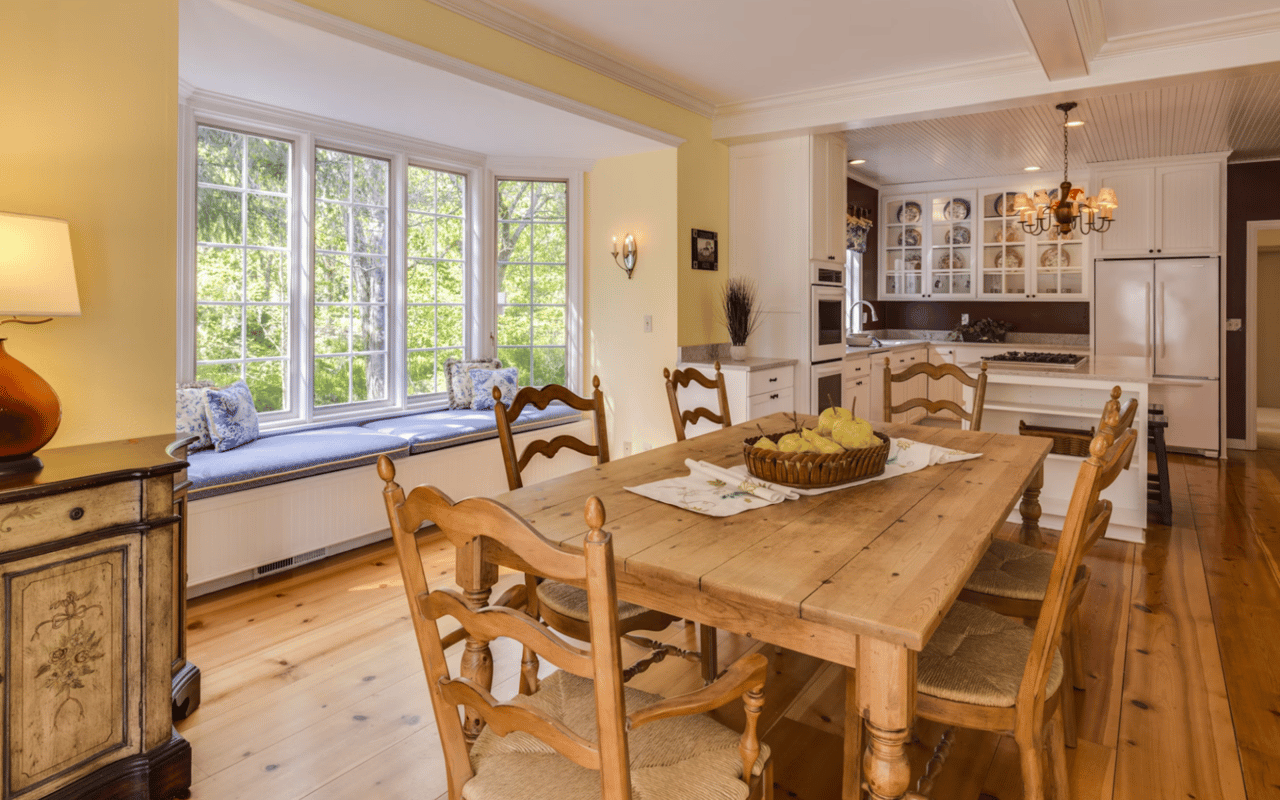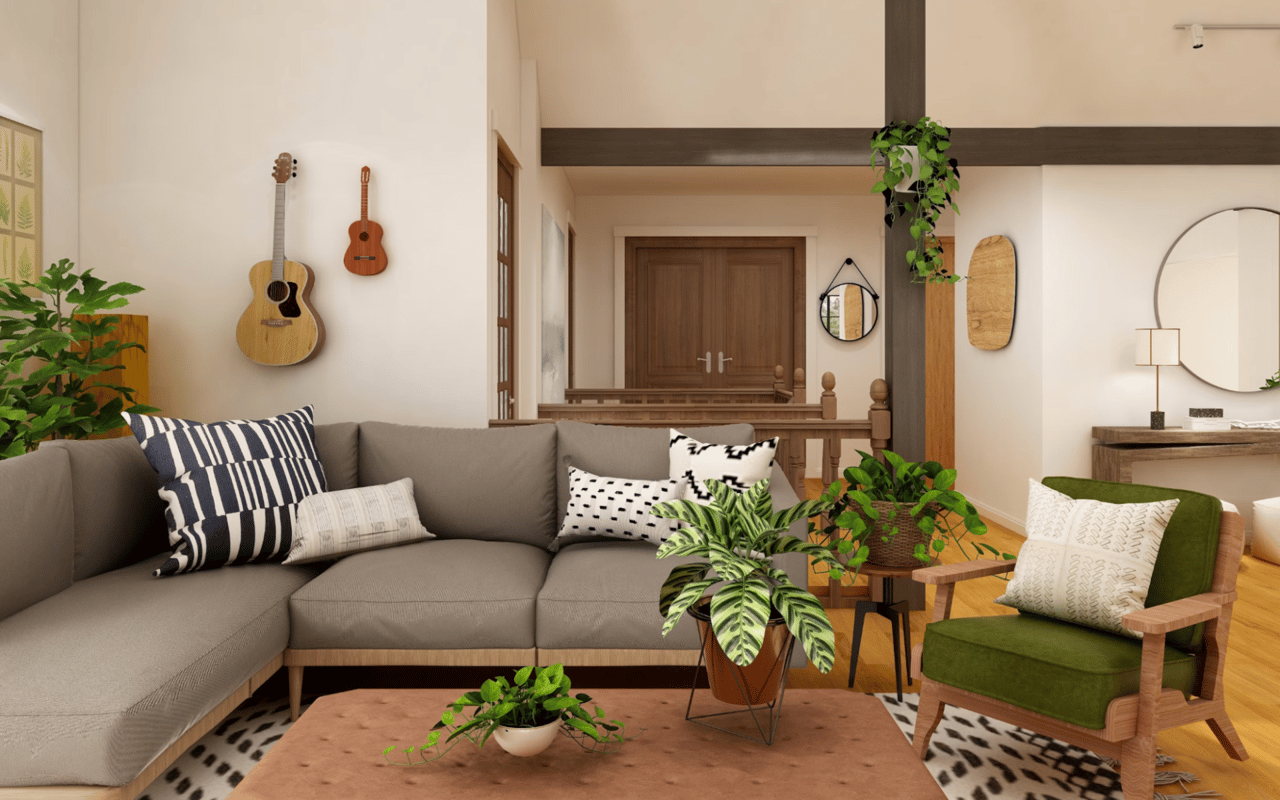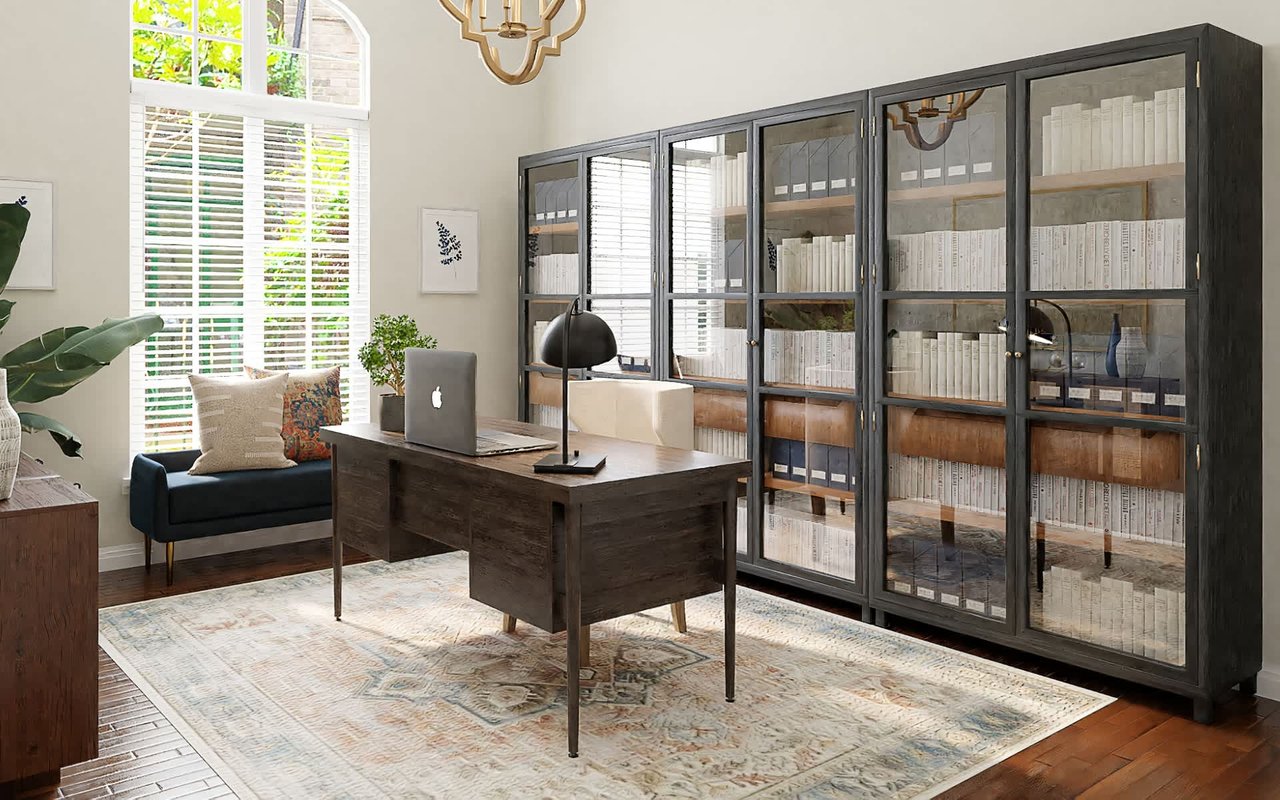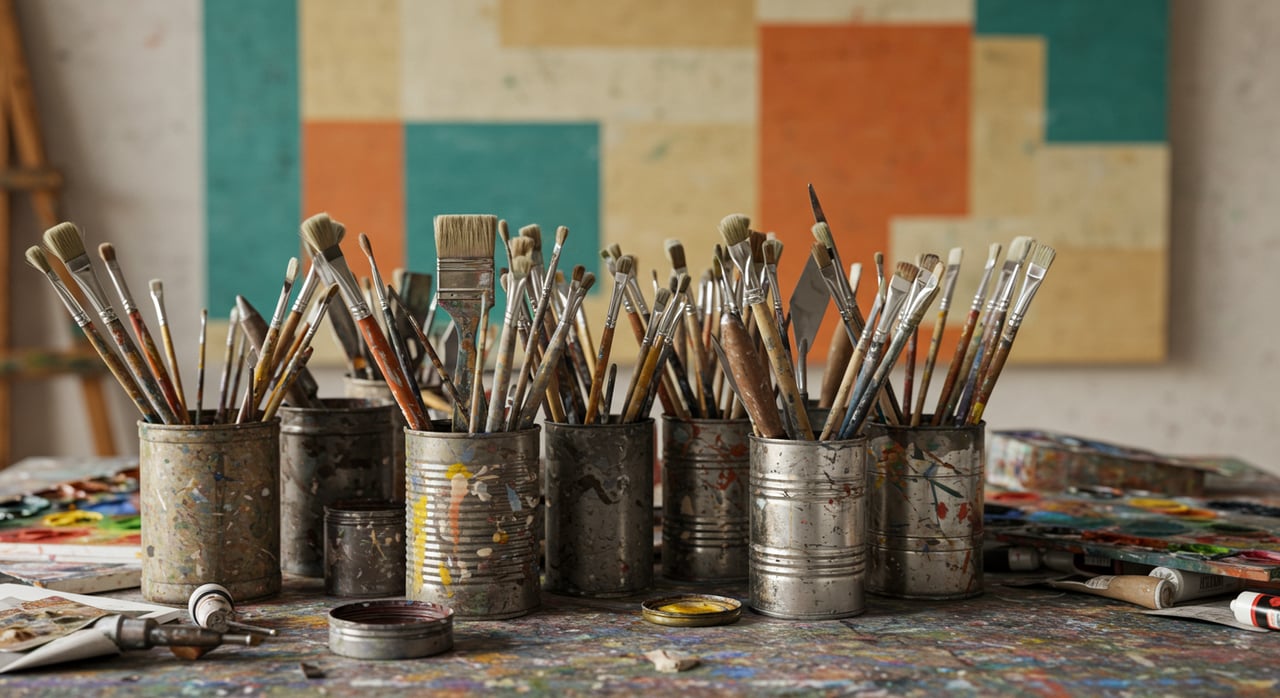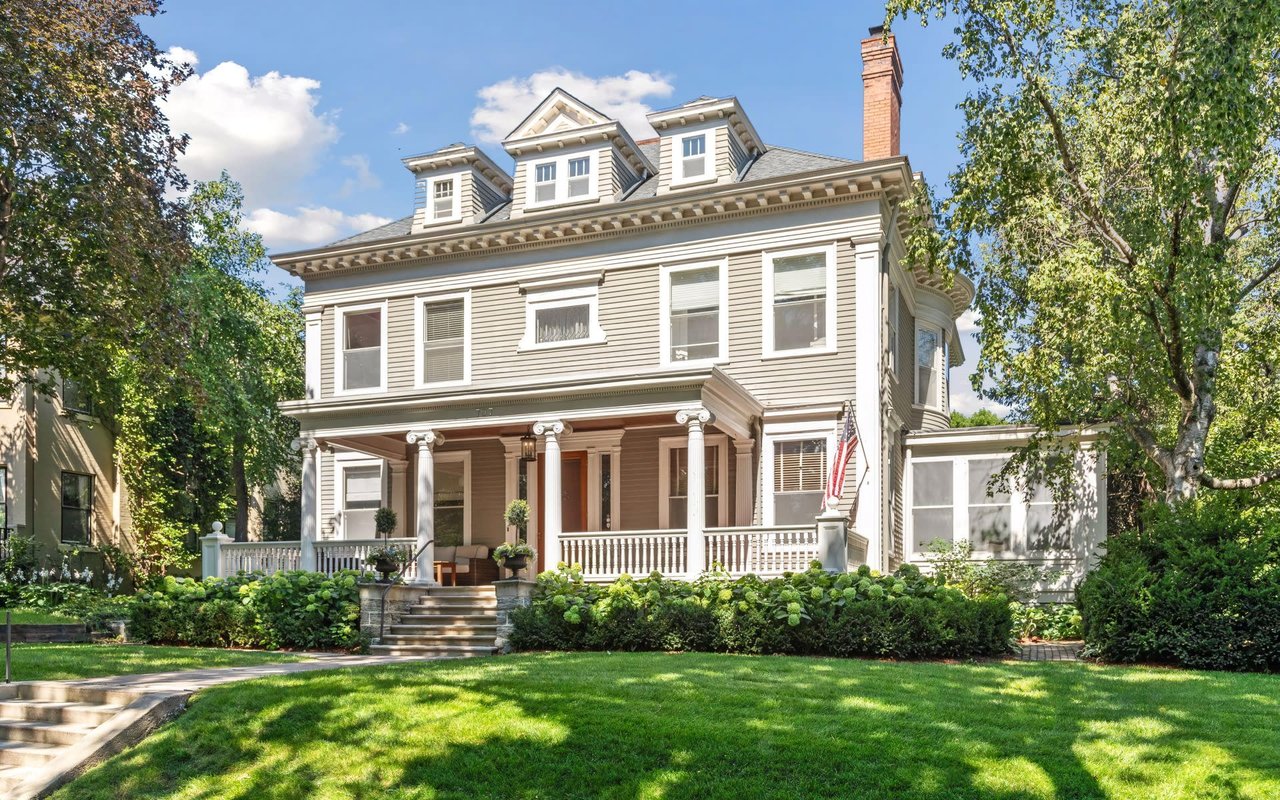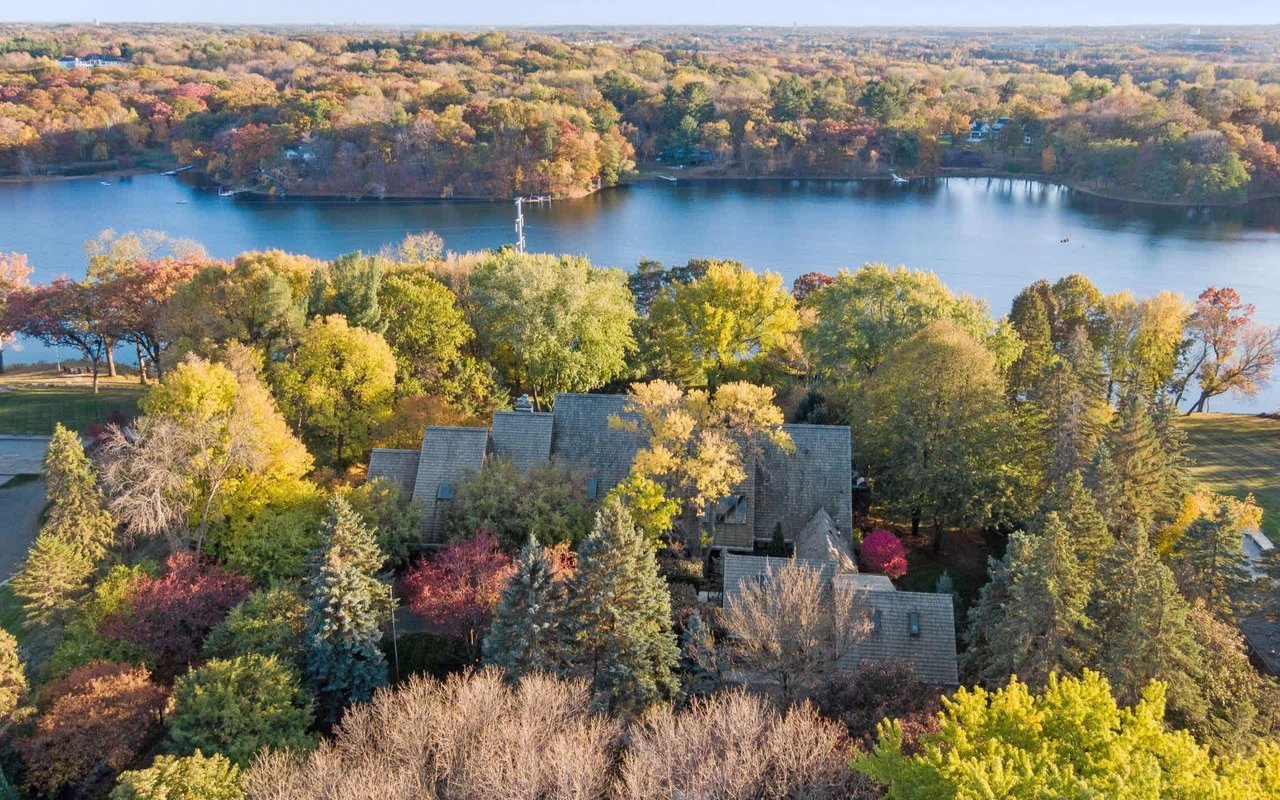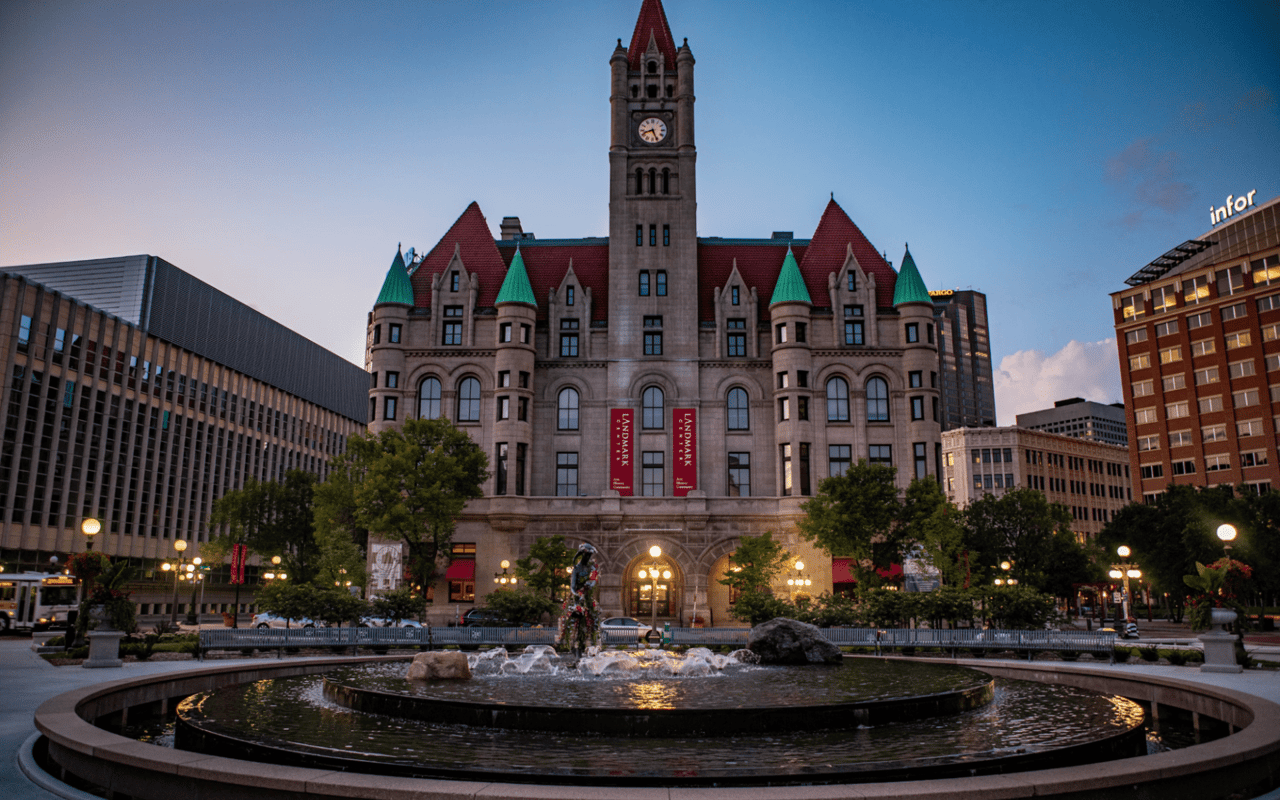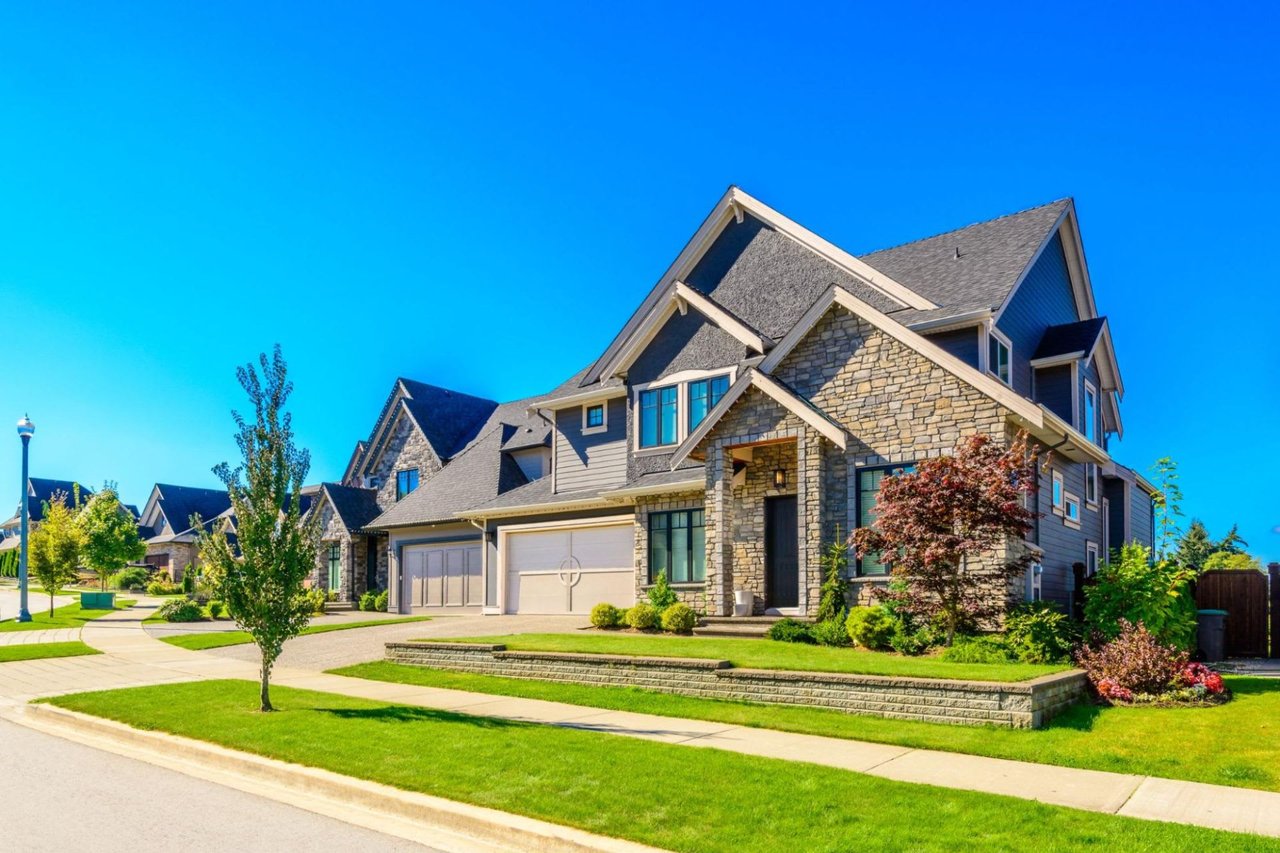When it comes to selling a home, staging is one of the most effective ways to draw in potential buyers and get the best possible price. Not only does proper staging showcase the home's best features, it literally sets the stage for buyers to imagine themselves living there. That means that a good staging job takes more than a little cleaning and tidying up.
Proper staging emphasizes an atmosphere that is inviting and comfortable while also creating focal points that draw buyers in to notice the home's best features. You will want to consider every aspect of your home's appearance, from how each room is lit—both naturally and artificially—to decor, furnishings, and landscaping. It is a lot of work, especially for homeowners who choose to go it alone. However, by following this list of DIY home staging tips, you can set yourself on the path to success.
#1. Basic staging: Before you begin
Before you begin any kind of home staging effort, you should have a clear plan for what you are trying to accomplish. Do not wait until your home is listed to start staging. In fact, you can even begin the staging process months before it goes on the market.
Be prepared to spend money on staging. Many sellers don’t expect to do anything during the staging process other than simply rearranging the existing furniture and decor. However, even something as simple as new bathroom towels used solely for showings or open houses can greatly improve the impression buyers take from your home. Make sure you set an upper spending limit to keep things from getting out of hand, but accept that a few dollars spent on staging can save you headaches and make you money during the actual sale.
#2. Let the yard make the best first impression
The first impression any buyer will take from your home begins when they pull up to the front yard. Many potential buyers are drawn to homes that are beautifully landscaped, and even adding a fresh layer of mulch or potted shrubs by the front door can go a long way toward improving the exterior of a home.
If you have a well-appointed yard, consider using it to your advantage. A few examples of more significant changes you can make to greatly improve the value of a home include
-
Displaying a garden scene in which you can place a few of your favorite flowers
-
Adding flowering trees or shrubs
-
Installing a fountain or water feature
-
Updating walkways and patios
-
Installing outdoor lighting
#3. Depersonalize your home
Depersonalizing is one of the harder aspects of staging for many homeowners to accept. It is easy to imagine that family photos, memorabilia, or keepsakes might help a buyer to see the property as a home, and in a way, it will. The problem is that it will encourage them to remember that it is your home rather than imagining it as their own. Personal items can also put many buyers off, as they might feel as if they are encroaching on someone else's private space.
#4. Make your home feel more spacious
Whether dealing with a kitchen cabinet or a bedroom closet, removing anything that is not absolutely necessary will add a greater sense of volume to a space. If you are still living in a home while it is on the market, this stage can be more challenging, but a simple solution can be to rent a storage locker or moving pod and transfer anything you will not need. This has the added benefit of starting the moving process, which will also make your life less stressful down the line.
#5. Show off your home’s best features
One of the most important DIY home staging tips focuses on drawing attention to the features that make your home a great place to live. For instance, you can use plants and lighting to highlight areas with good natural lighting or an open floor plan. You can also draw attention to a unique room or nook with strategically placed artwork or a neutral piece of decor, such as a vase or a centerpiece made from natural materials.
#6. Use lighting to make your home shine
Lighting is not just a means of illuminating your home; it is also a tool for staging. If your fixtures are old or outdated, consider updating or replacing them. If you have a lack of lighting, consider using lamps and other moveable light sources. Simple floor lamps painted in basic, neutral colors can fit into almost any decor and are relatively inexpensive, and thus can be easily deployed around the home to improve lighting as needed.
If your home has a lot of natural light but still does not feel bright enough, a large mirror or tasteful art piece made from a shiny metal can help to brighten up the space by reflecting and amplifying existing light. Pay attention to drapes and blinds as well, and consider replacing them with window treatments that dress up and frame the view without obscuring the light.
#7. Use simple art and accent pieces to direct focus
Art and accent pieces are an extremely effective way to direct focus, such as by strategically placing a framed photograph, painting, or print. As DIY home staging tips go, this one has the added benefit of being one of the easiest to implement.
Art can create an interesting focal point that encourages potential buyers to explore further. Additionally, you can add accent pieces, such as a small sculpture or an interesting object, on a side table, shelf, or mantle. This can add visual interest and create a conversation point while also creating a sense of harmony and balance in the room, making it more inviting and appealing to potential buyers.
Even when staging an upscale home, do not be afraid to explore second-hand stores for interesting art pieces. You may be surprised by what you find, and you only need such items for the showing, so they do not need to stand up to the test of time. Smaller framed photos, prints, or paintings can also be hung in groups to create an interesting wall display, and mirrors can add visual impact without the risk of clashing with almost any decor.
#8. Ask your real estate agent for staging advice
An experienced real estate agent has likely shown more
homes than they can count. They have accompanied buyer after buyer from room to room, noticing what catches their attention and what distracts them. They are proficient in understanding what makes for a successful staging, with a keen eye for what buyers want to see on the Twin Cities real estate scene, including real estate in St. Paul. Team up with an expert agent like
Sally English as your best resource when deciding on an effective staging plan. Reach out today to get started toward your goals.
*Header
